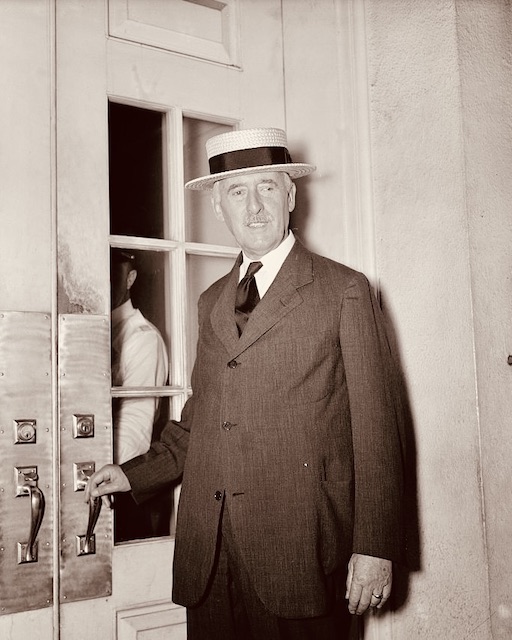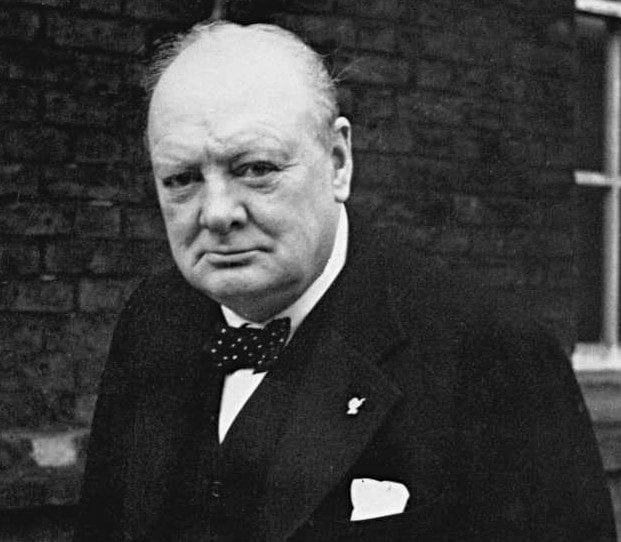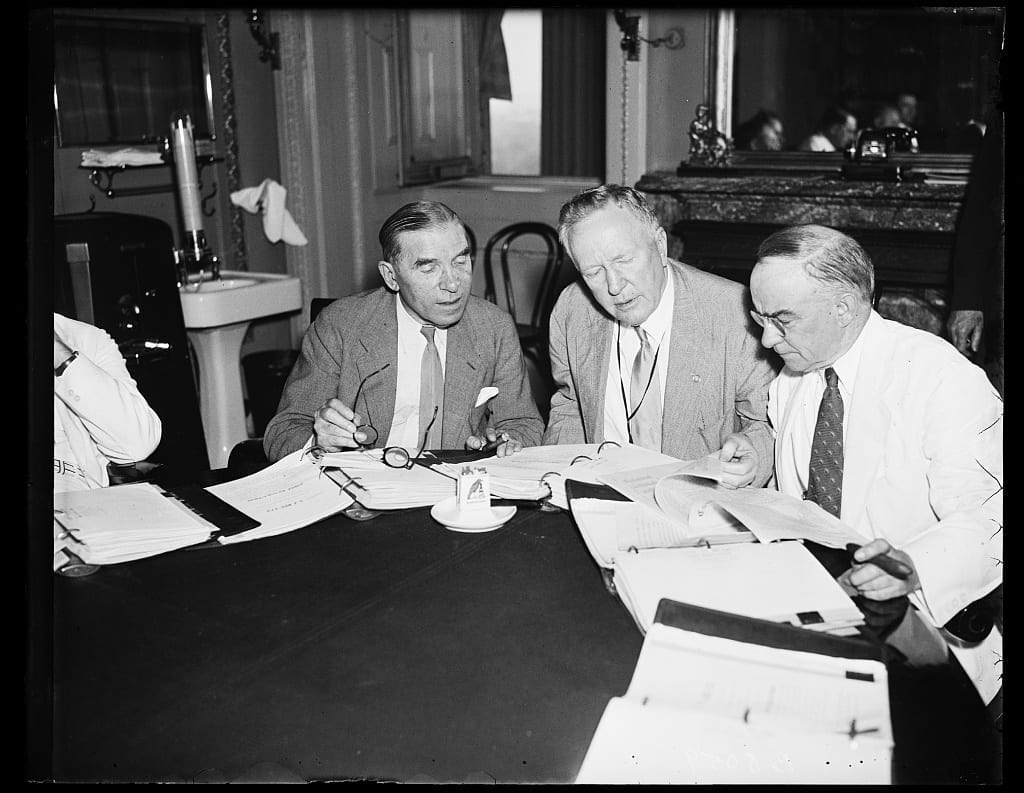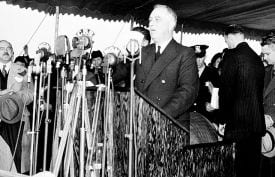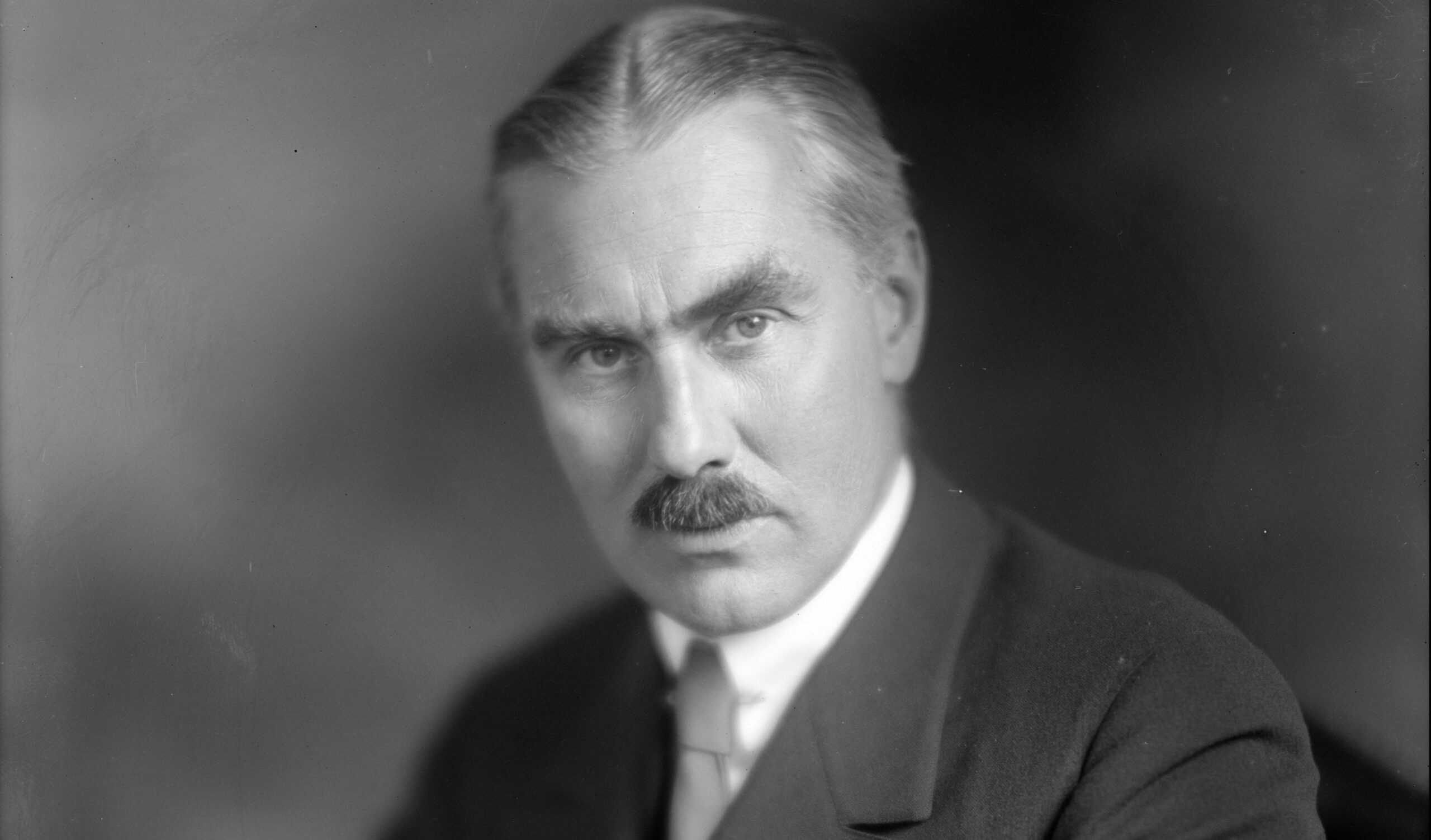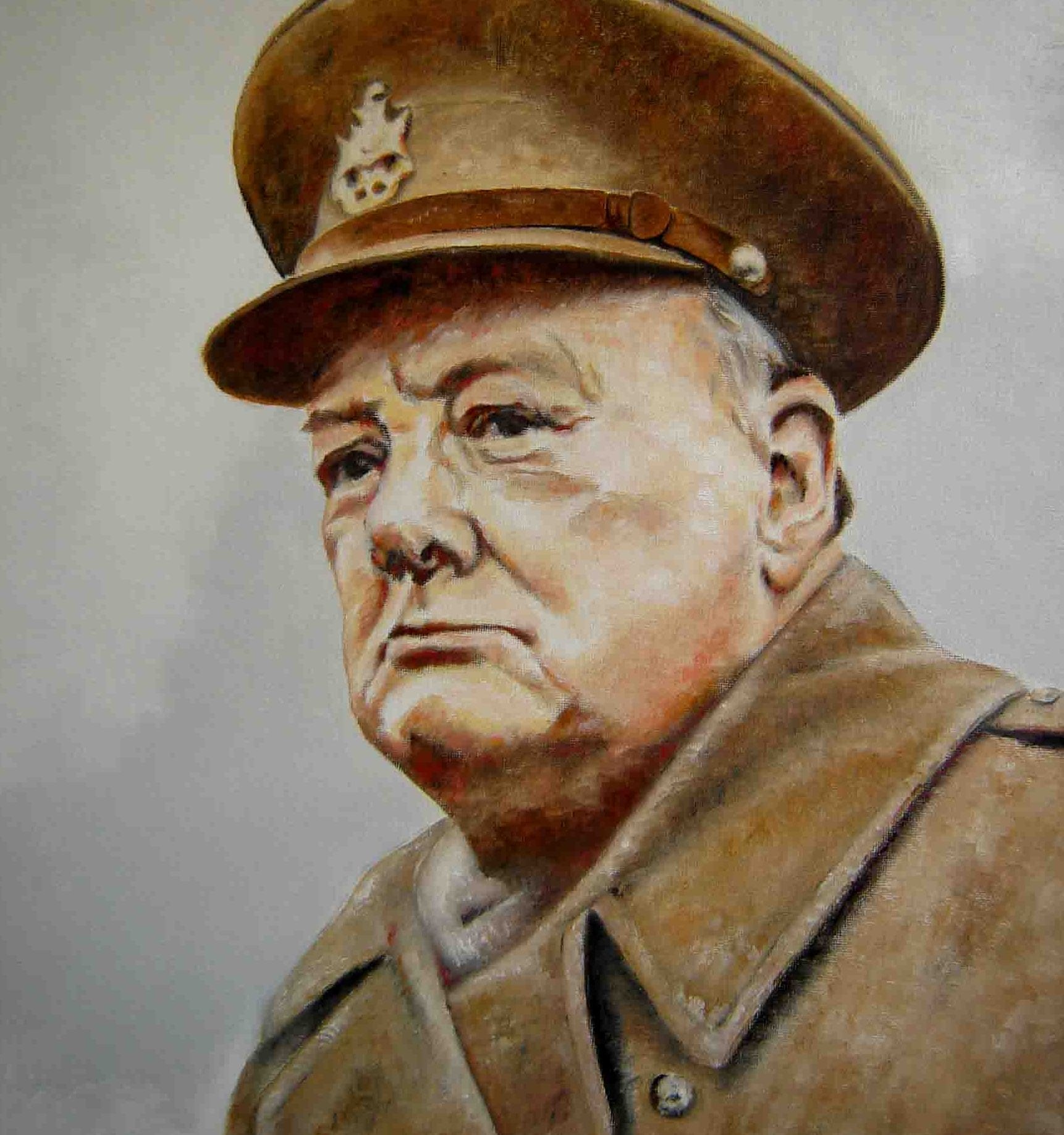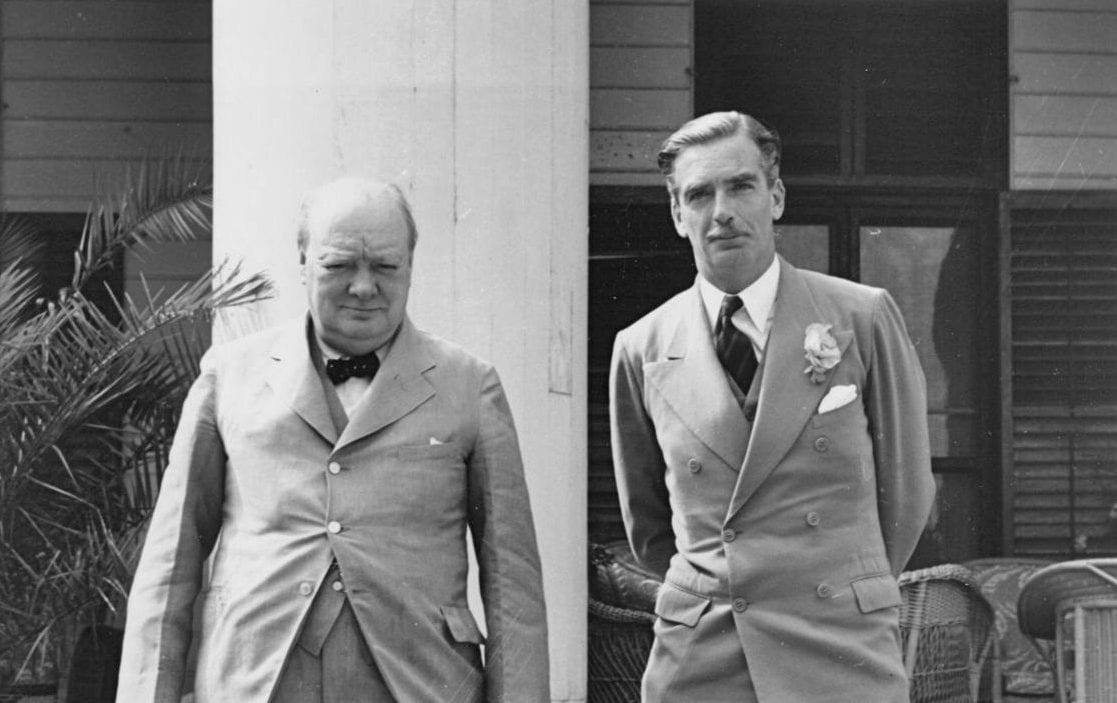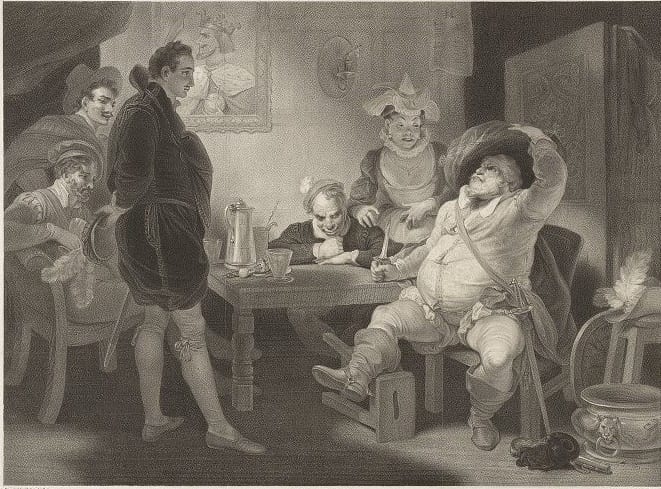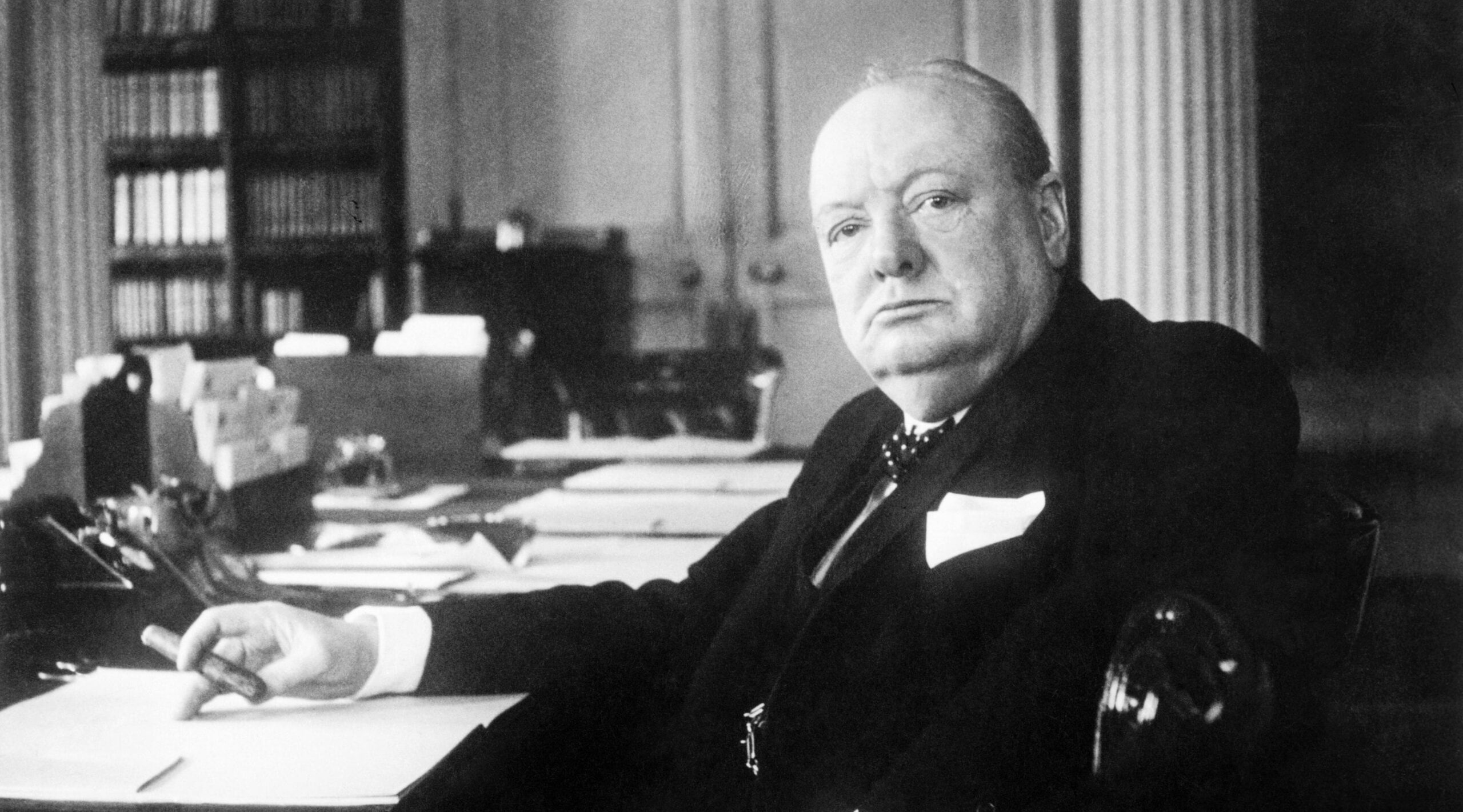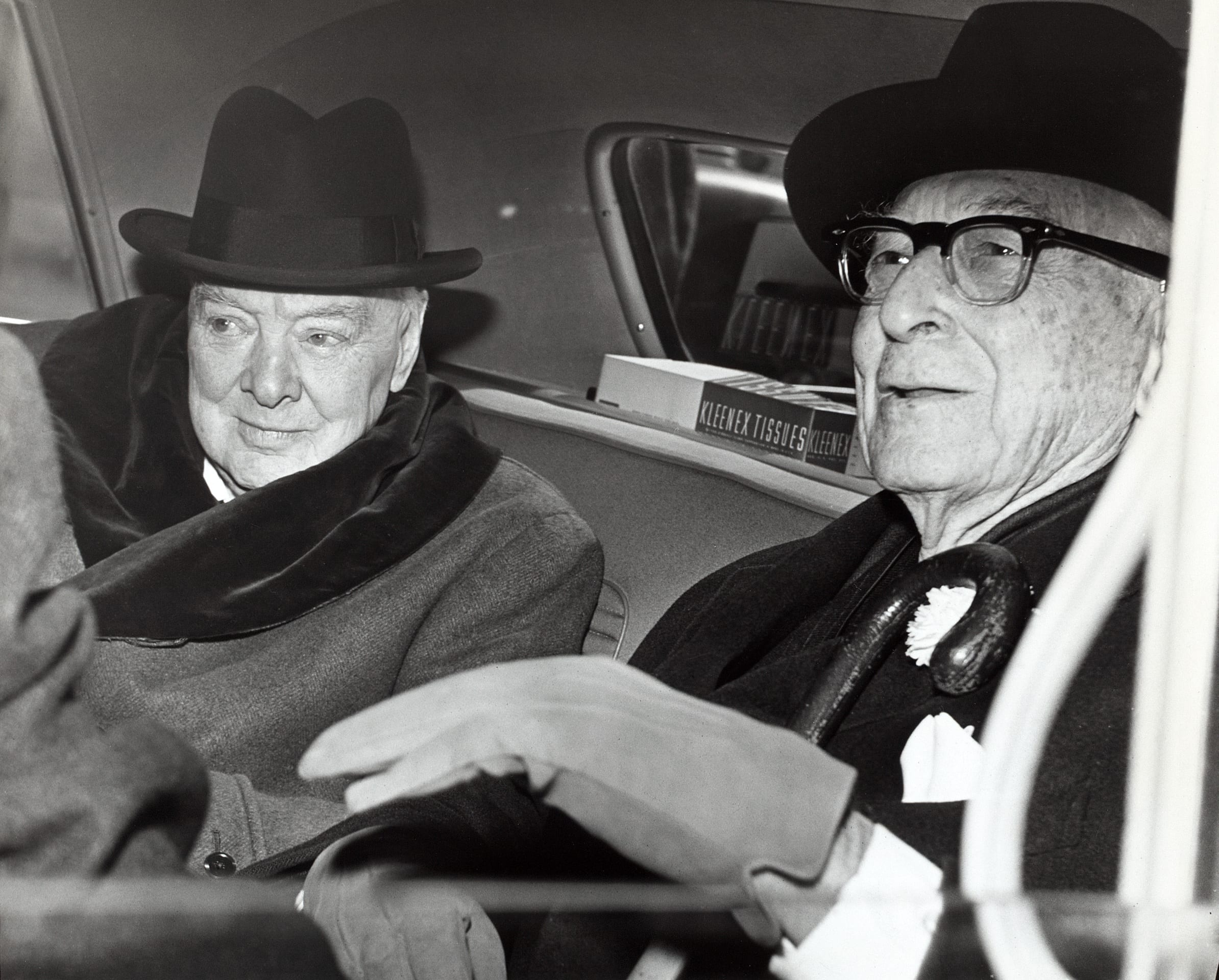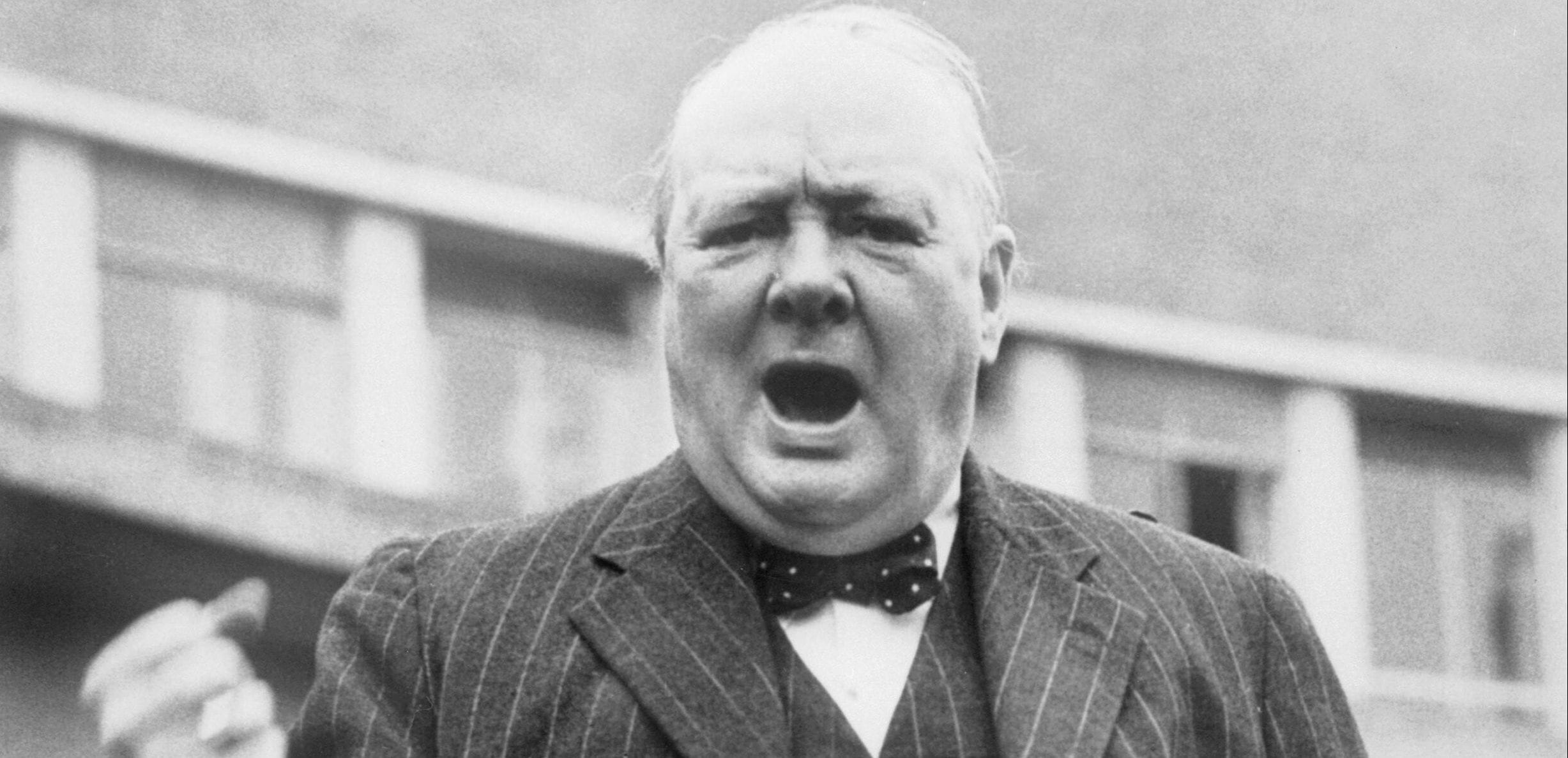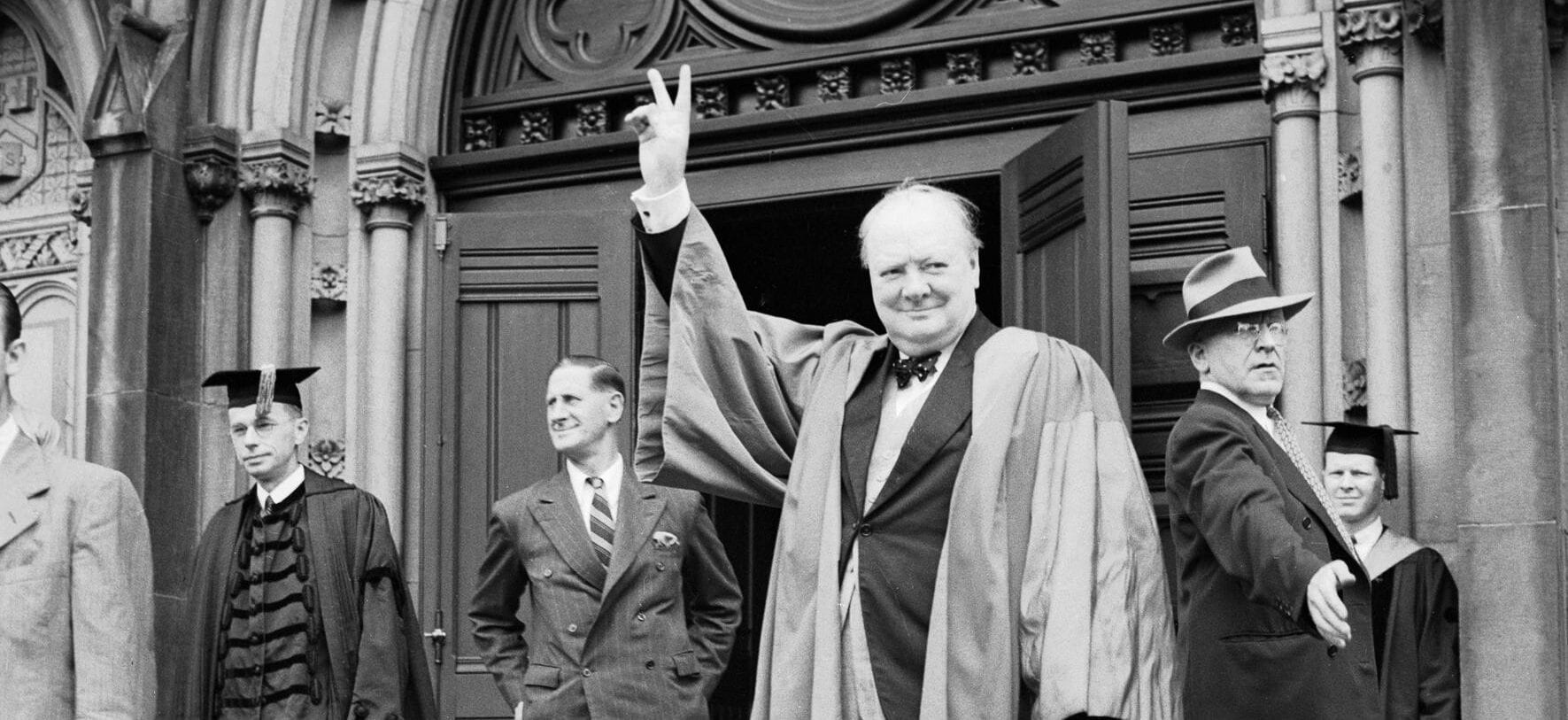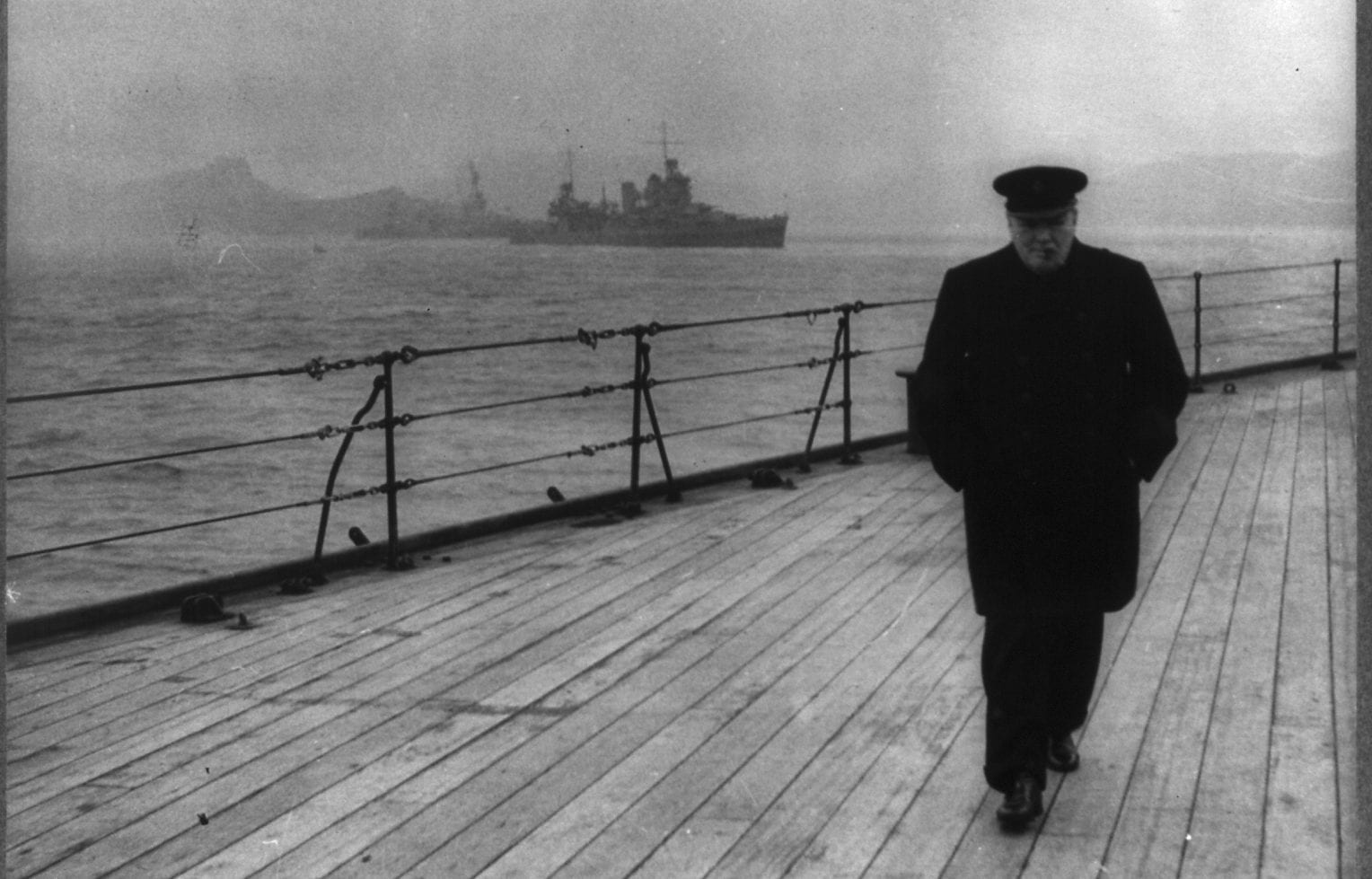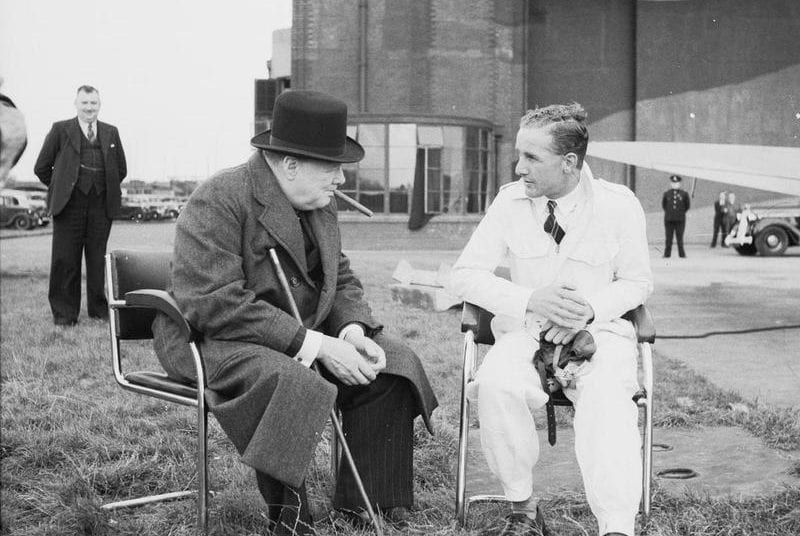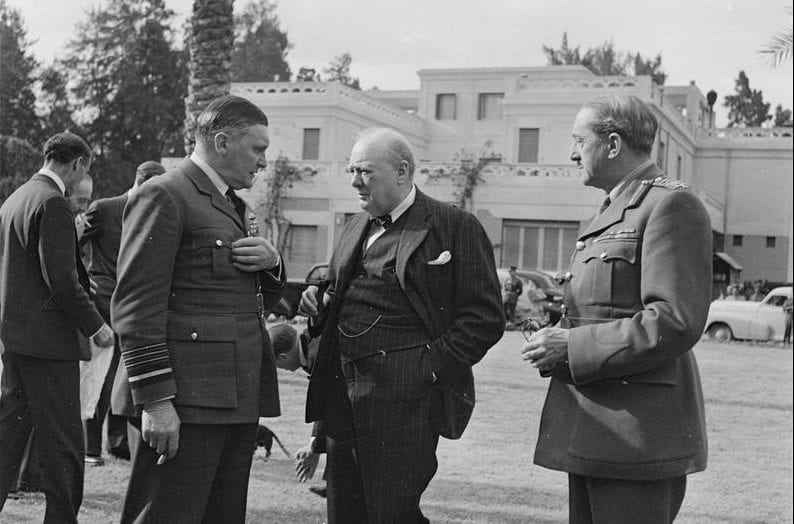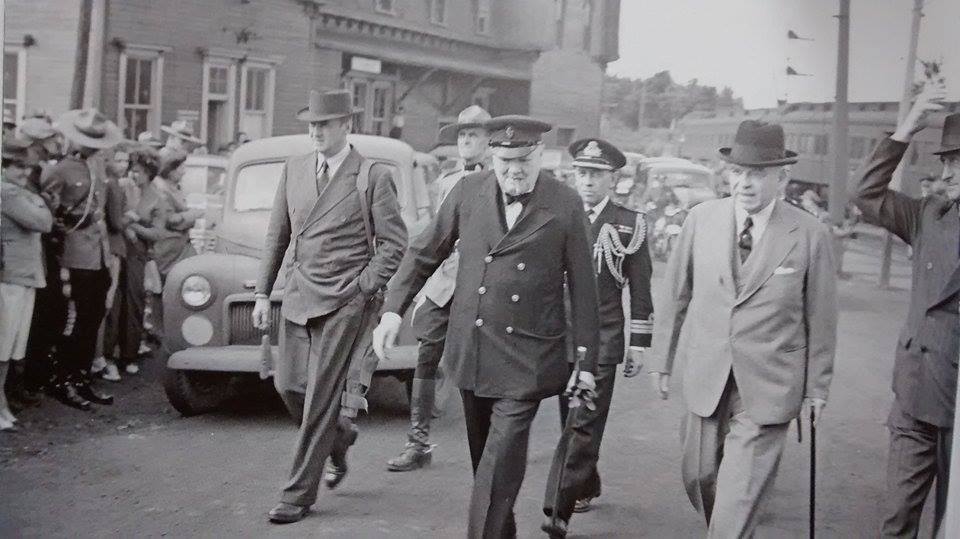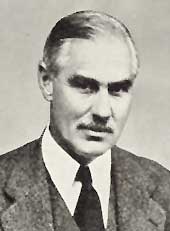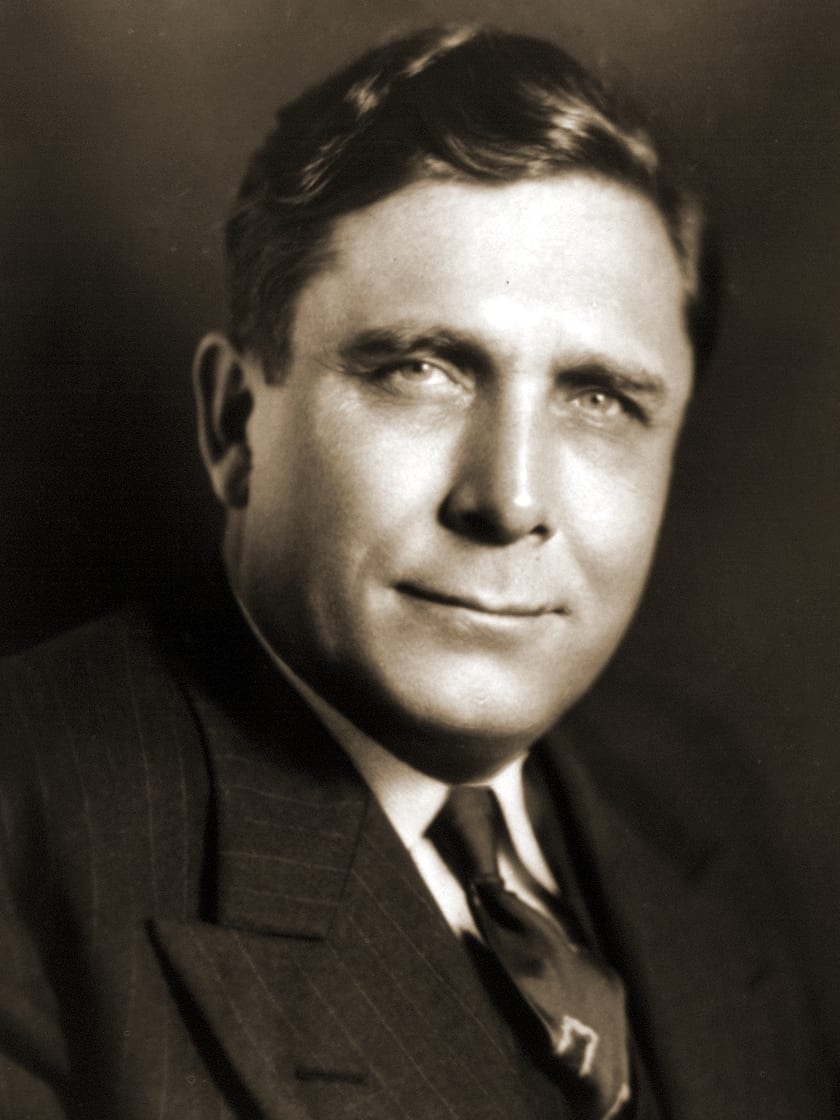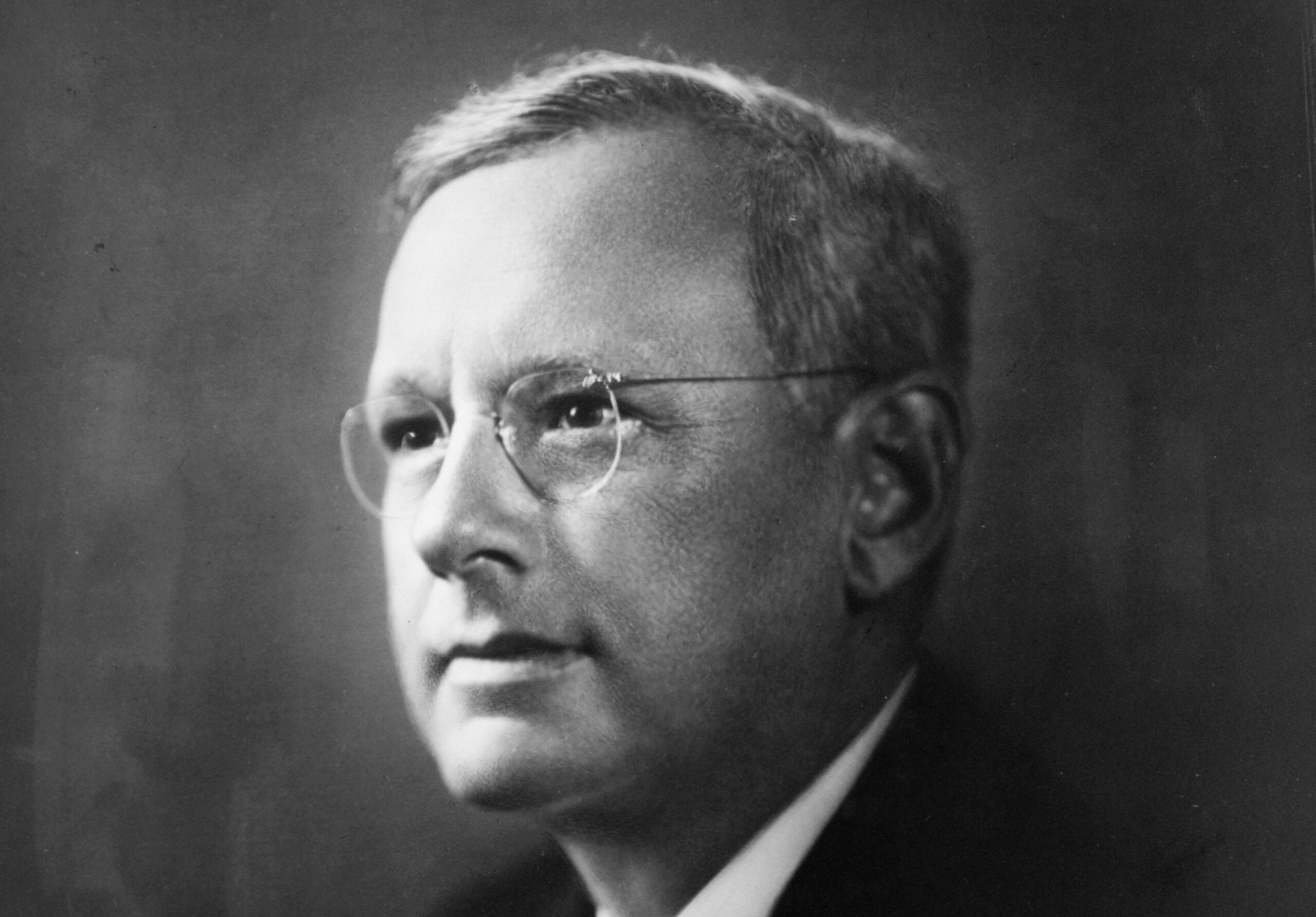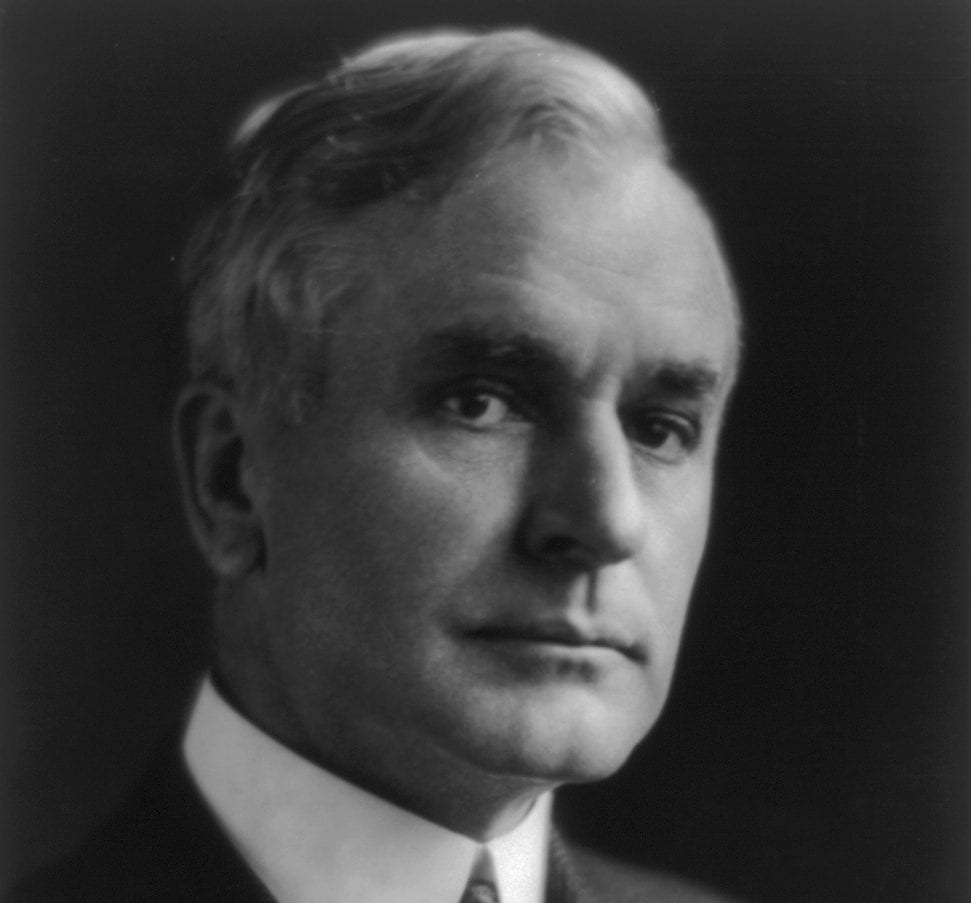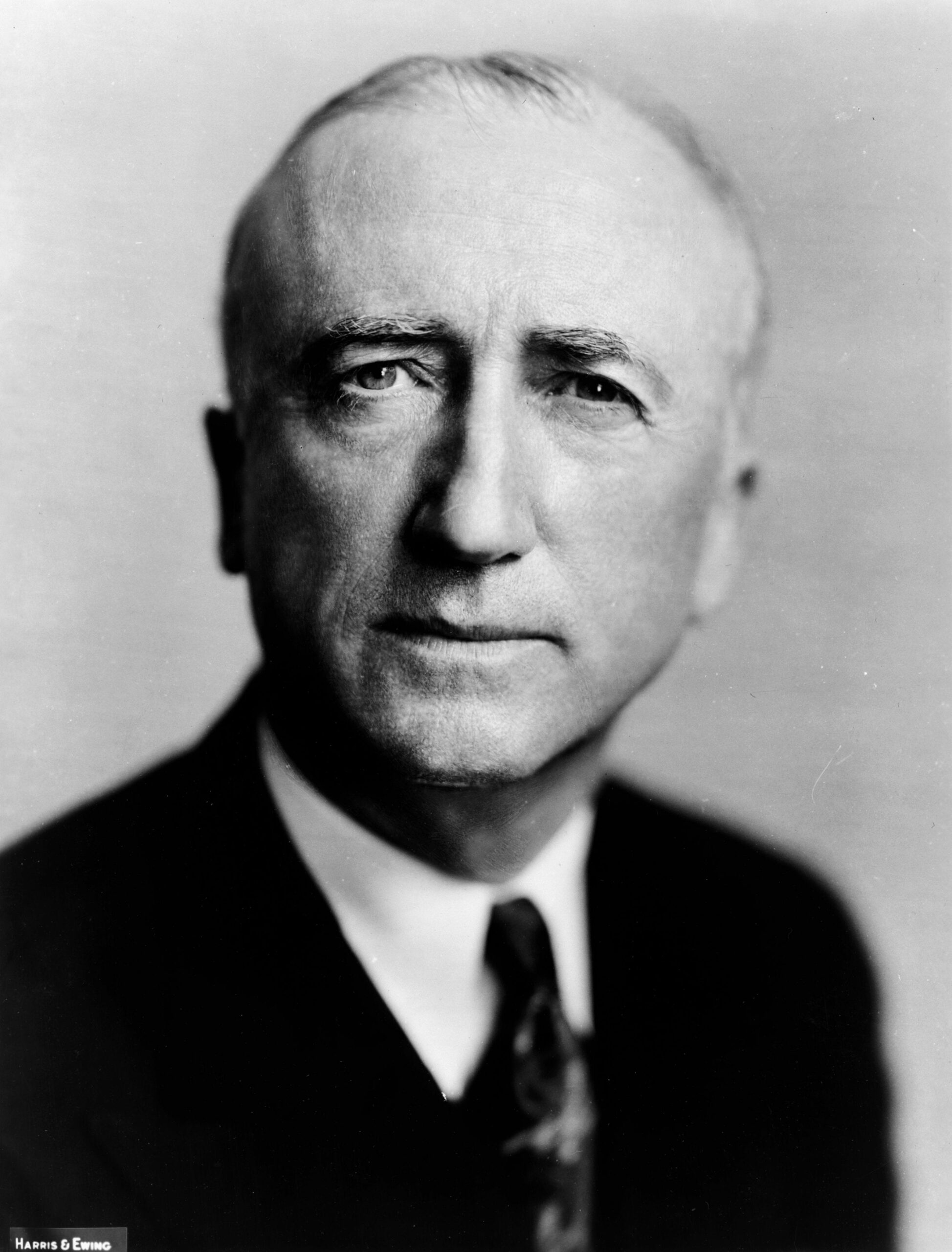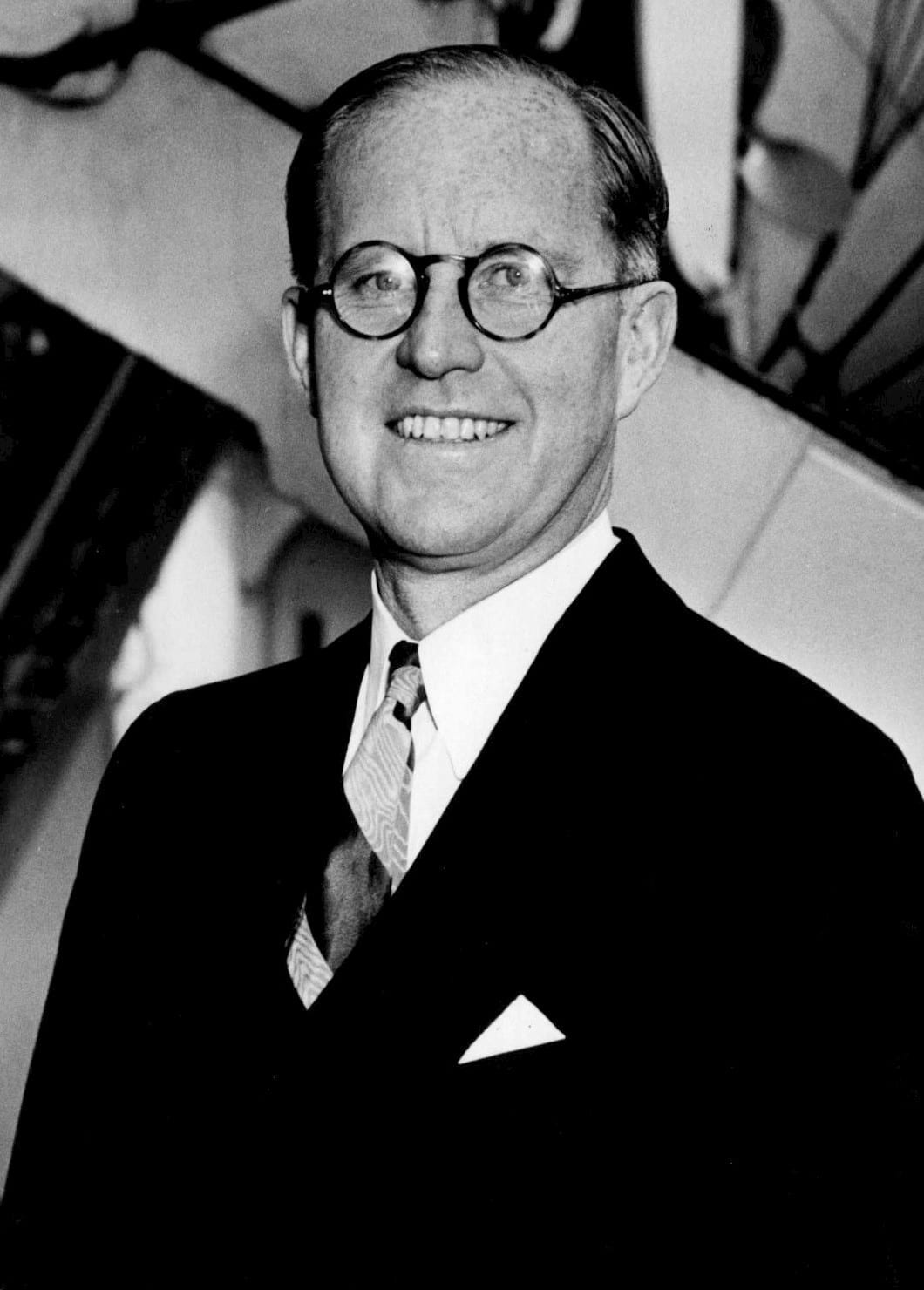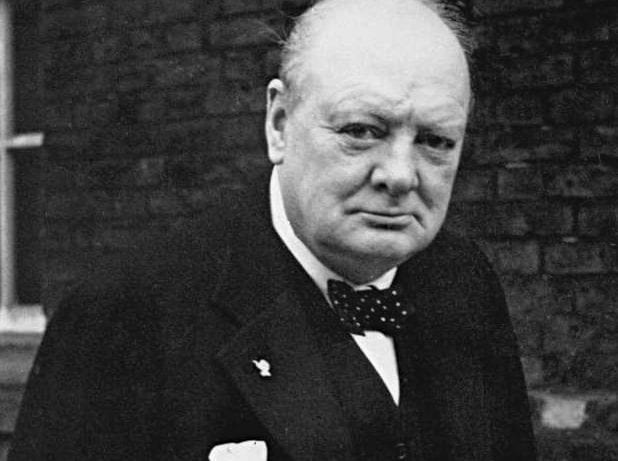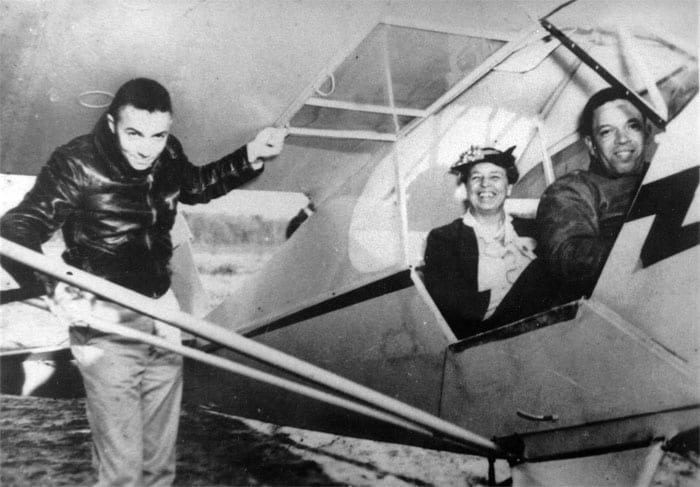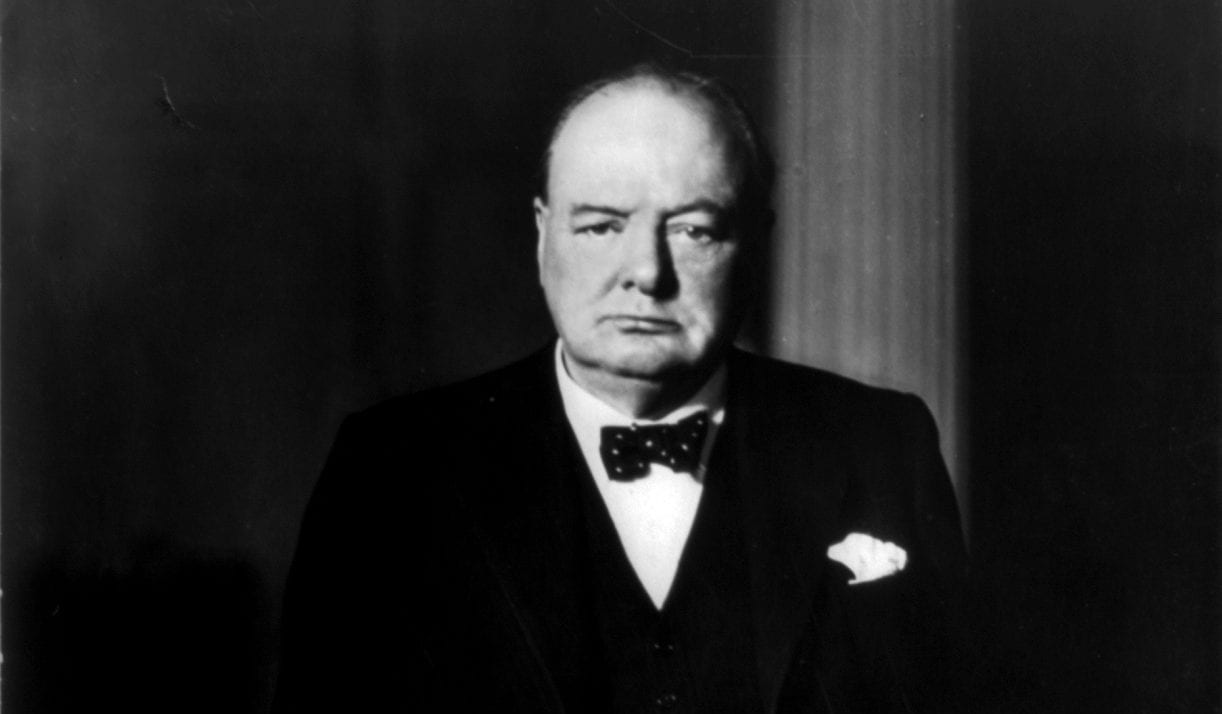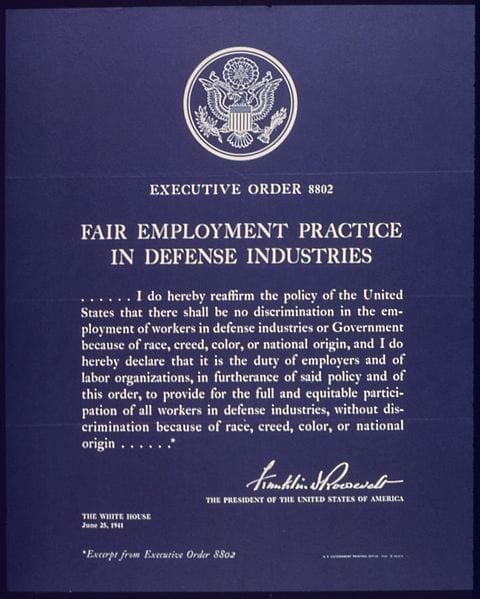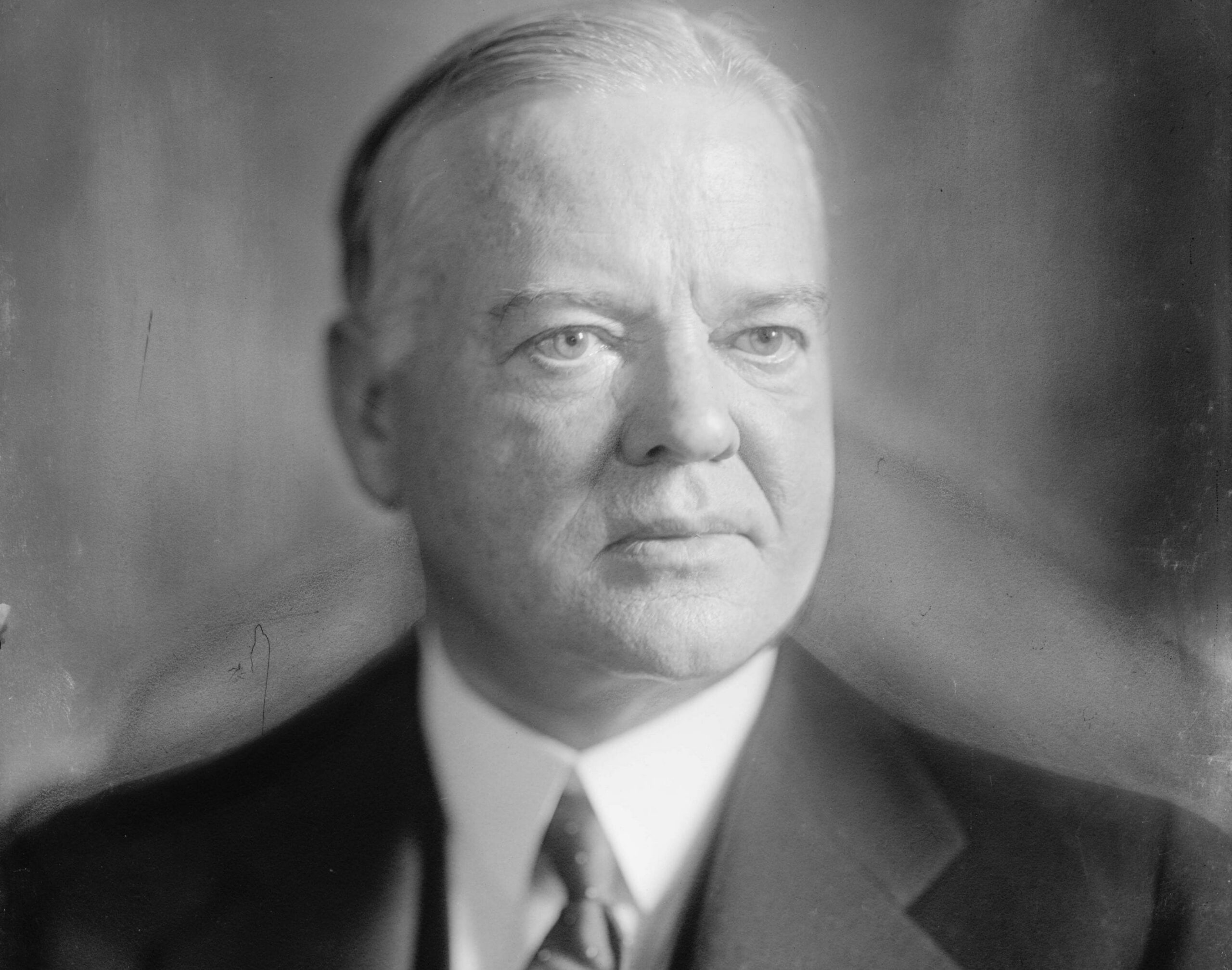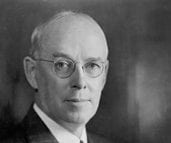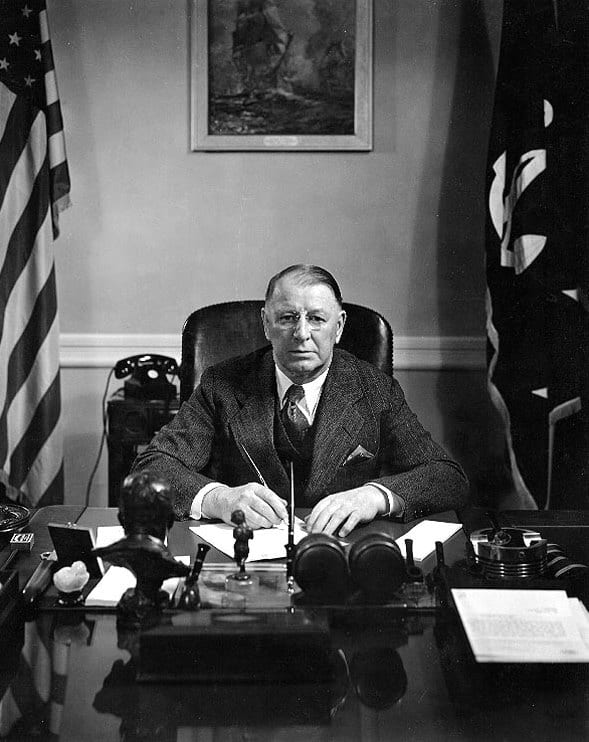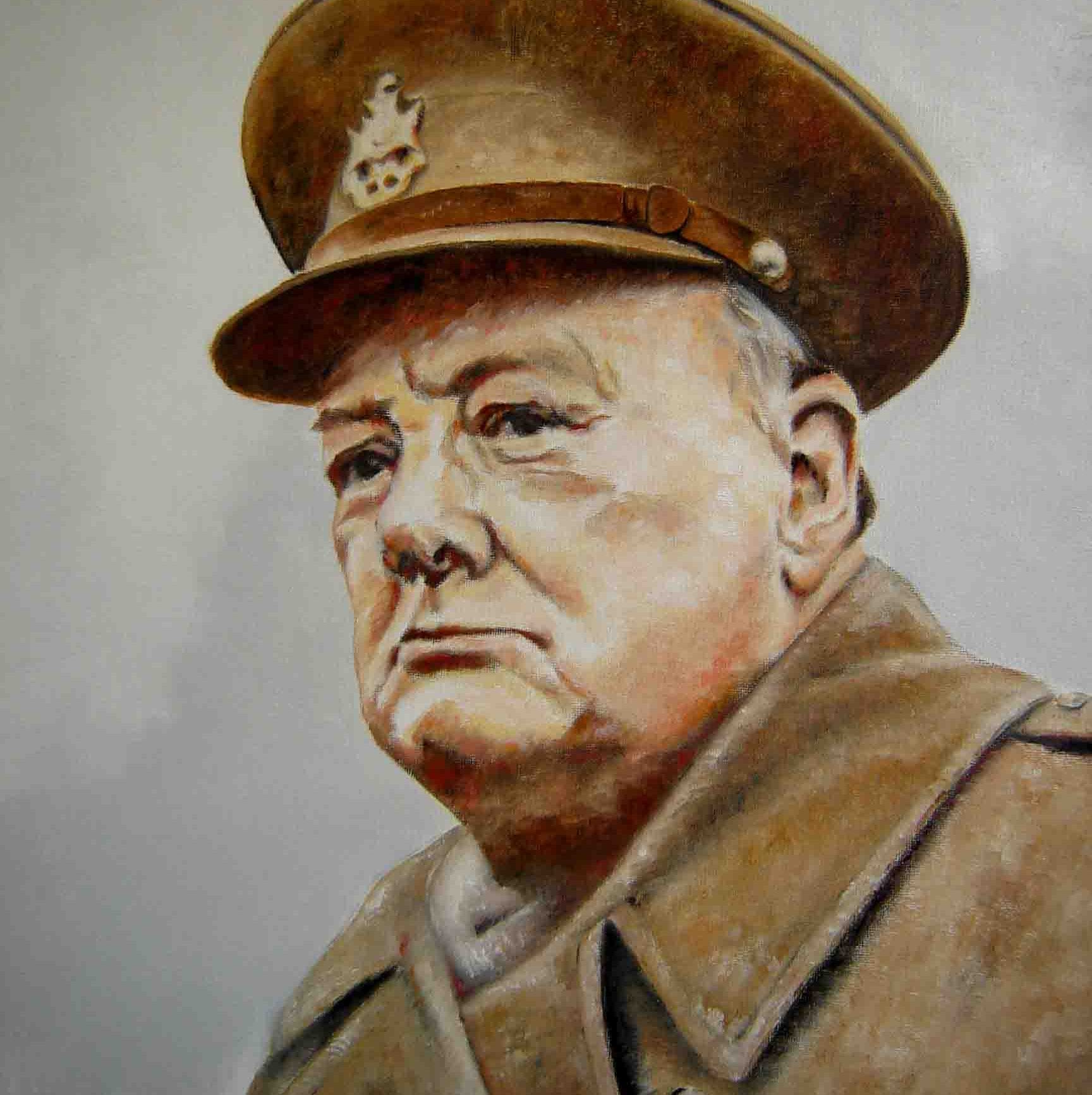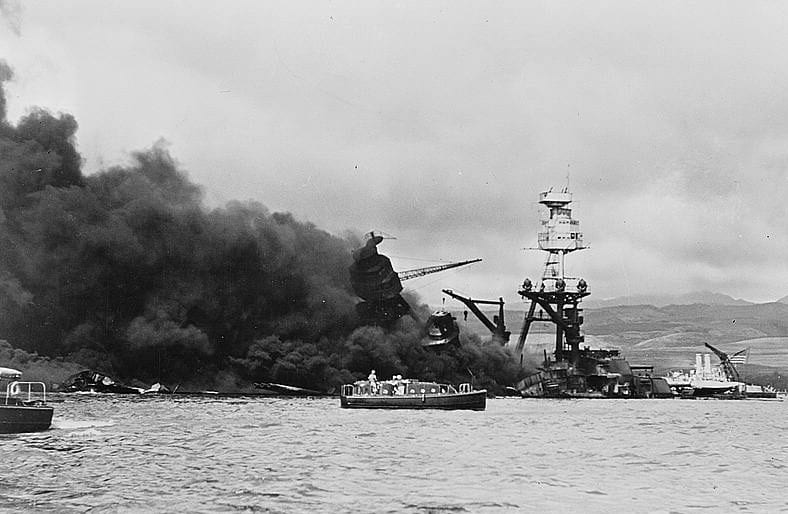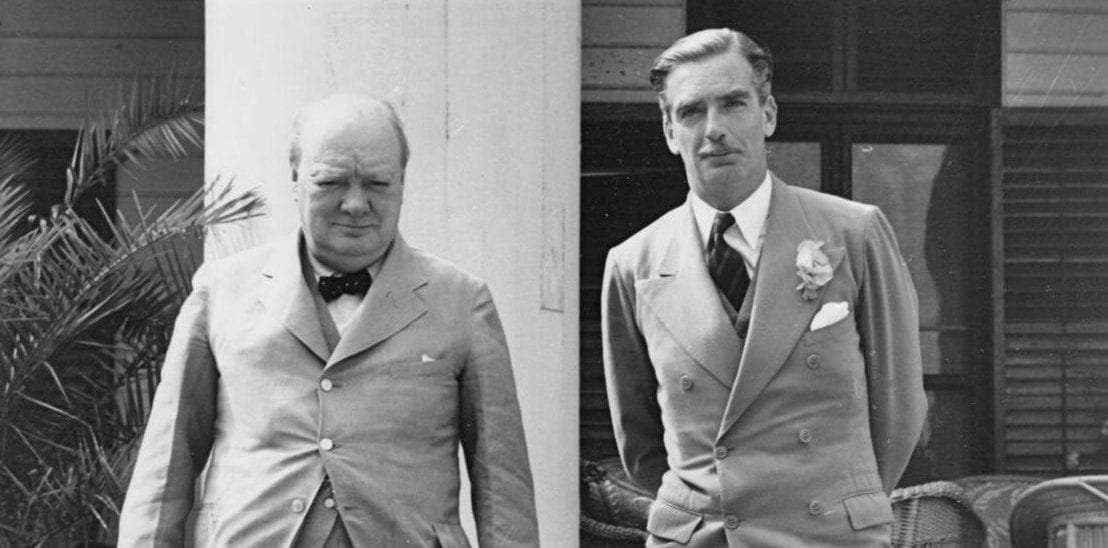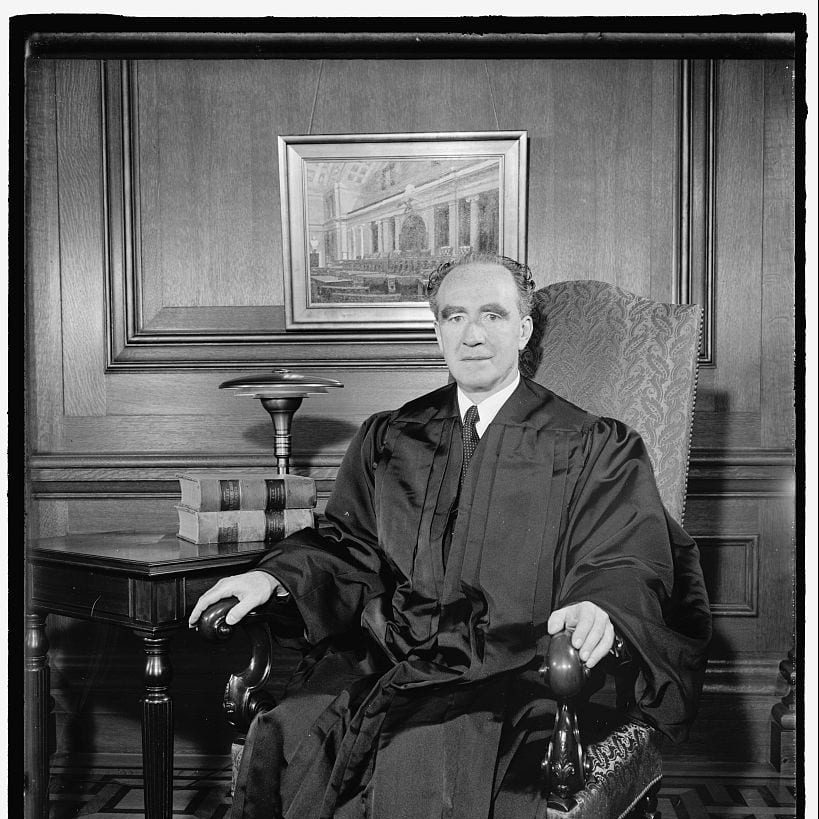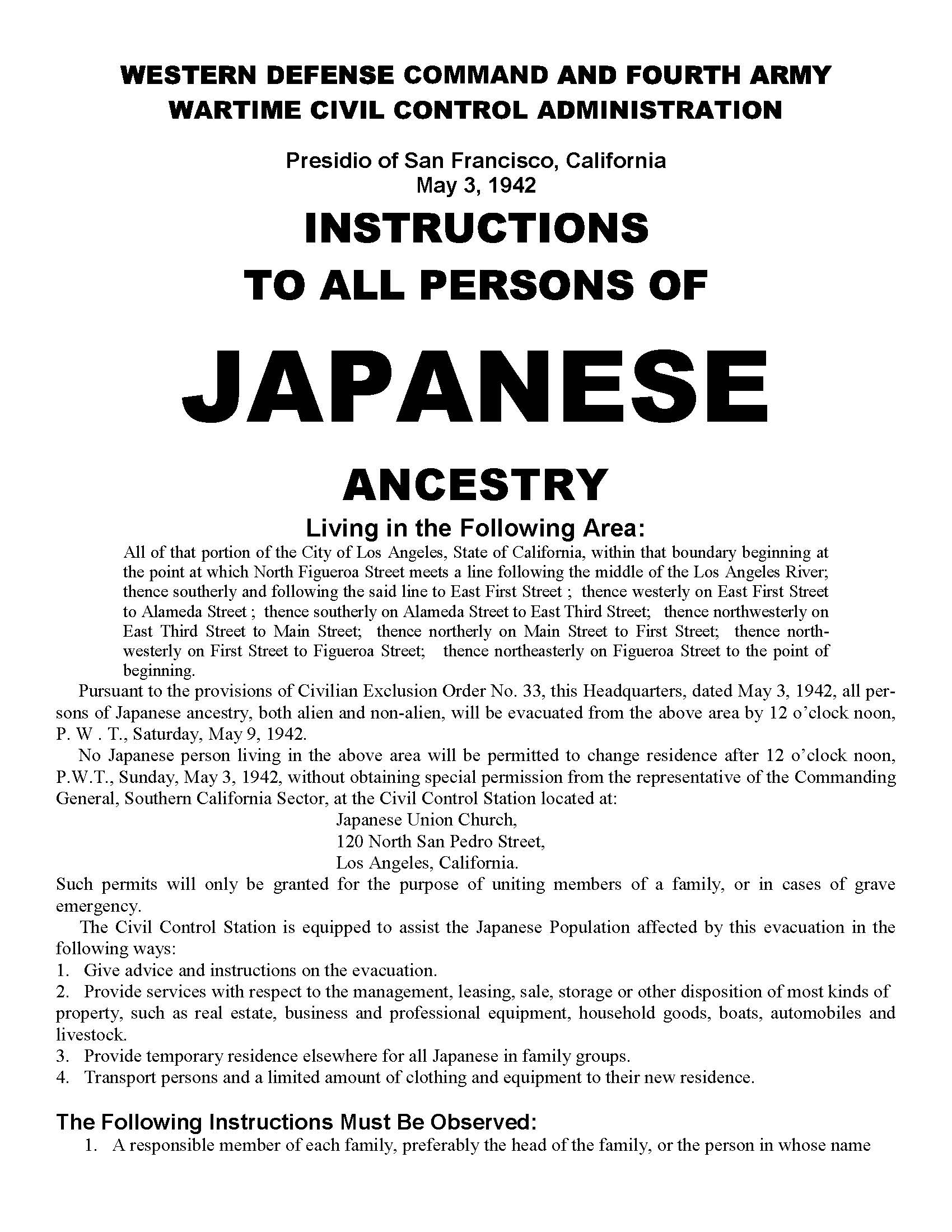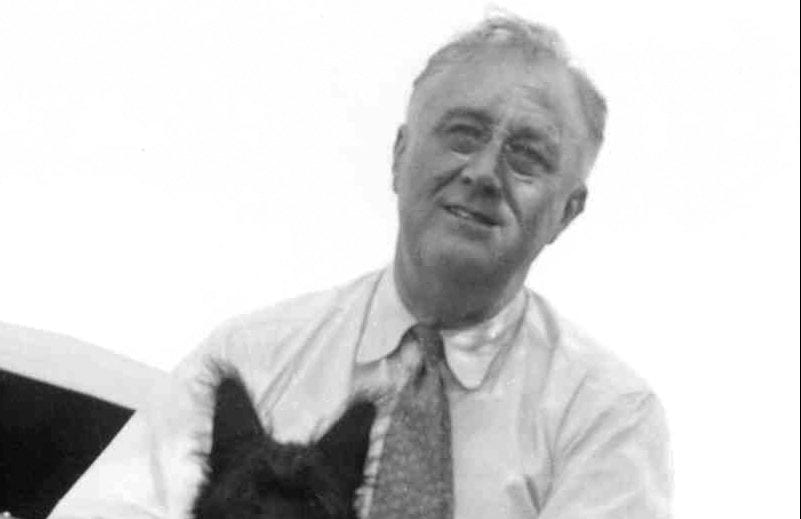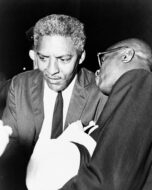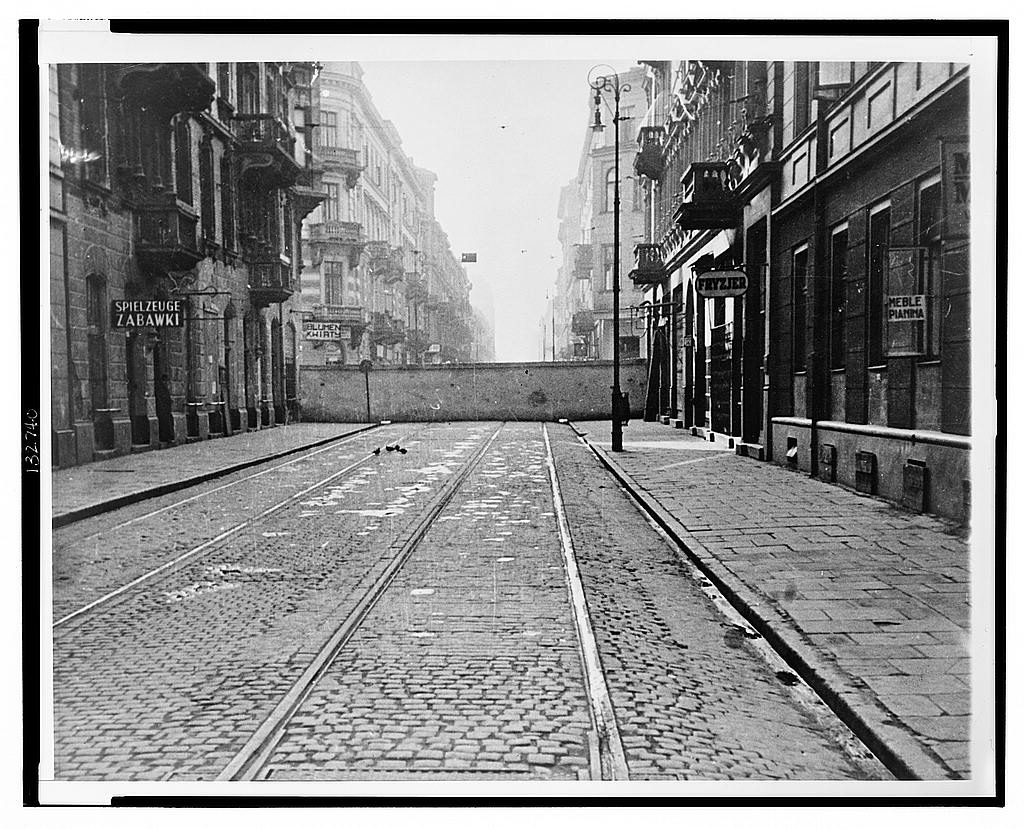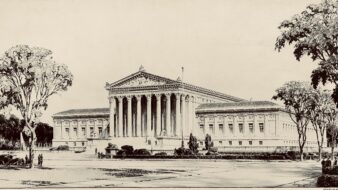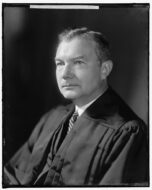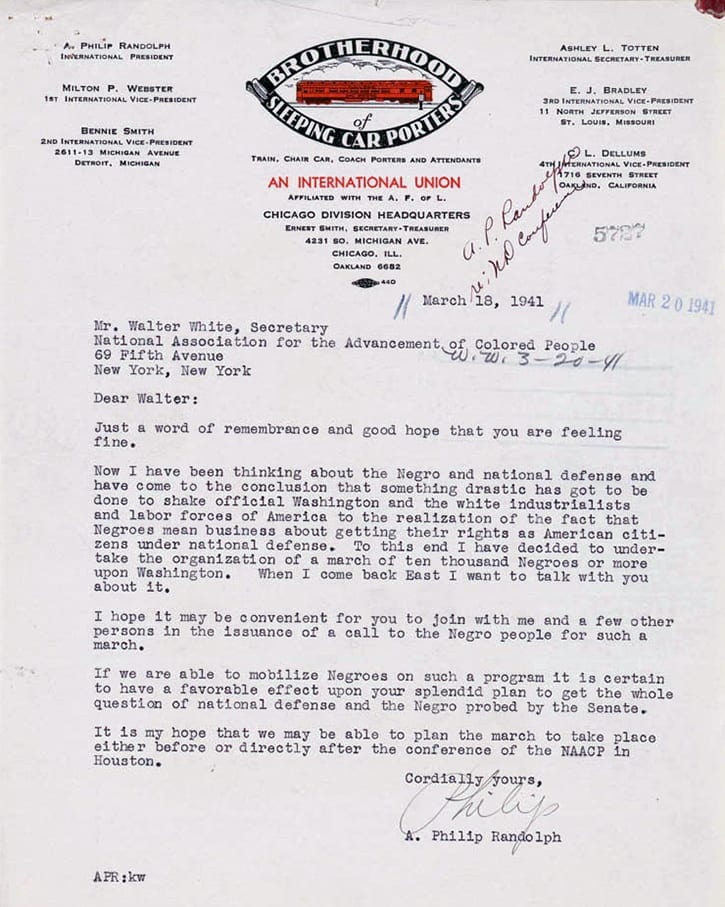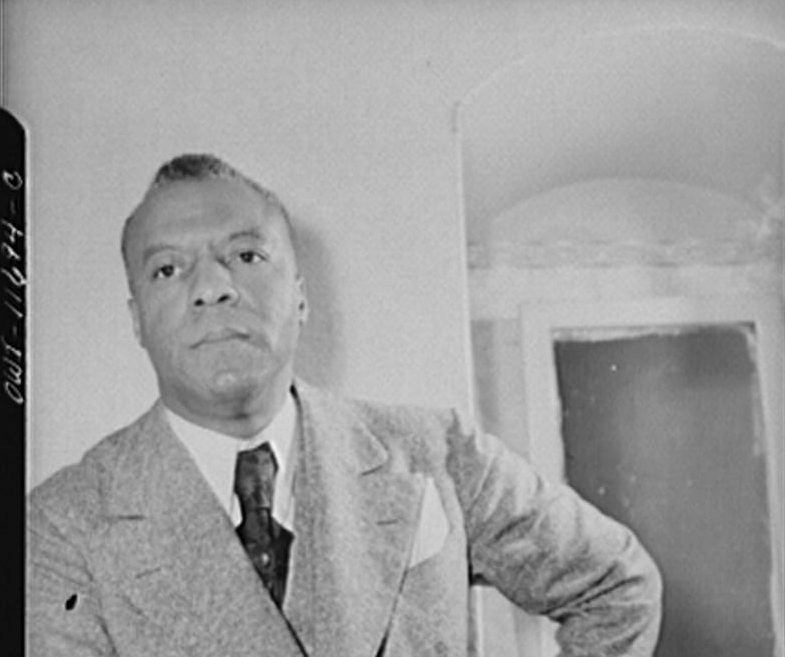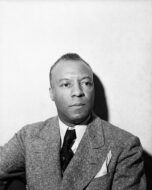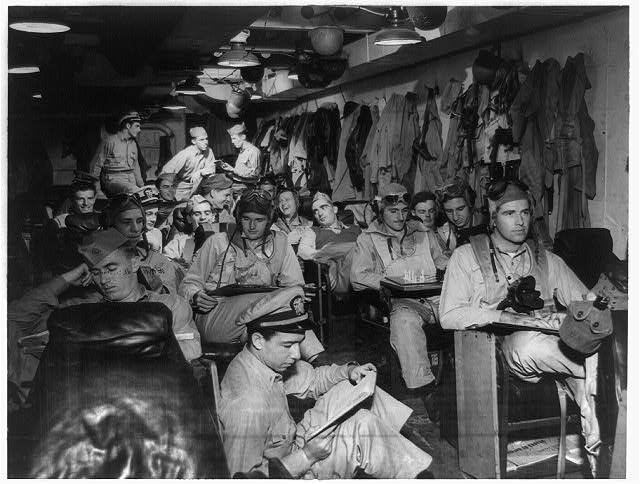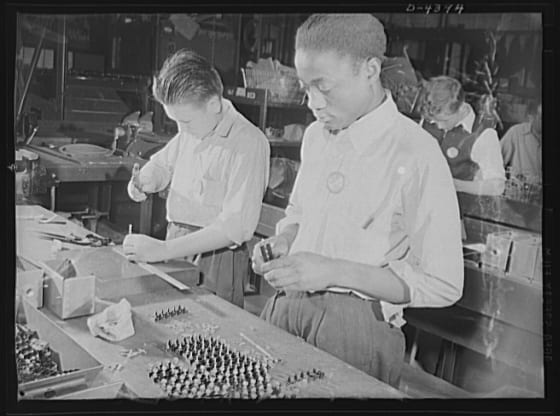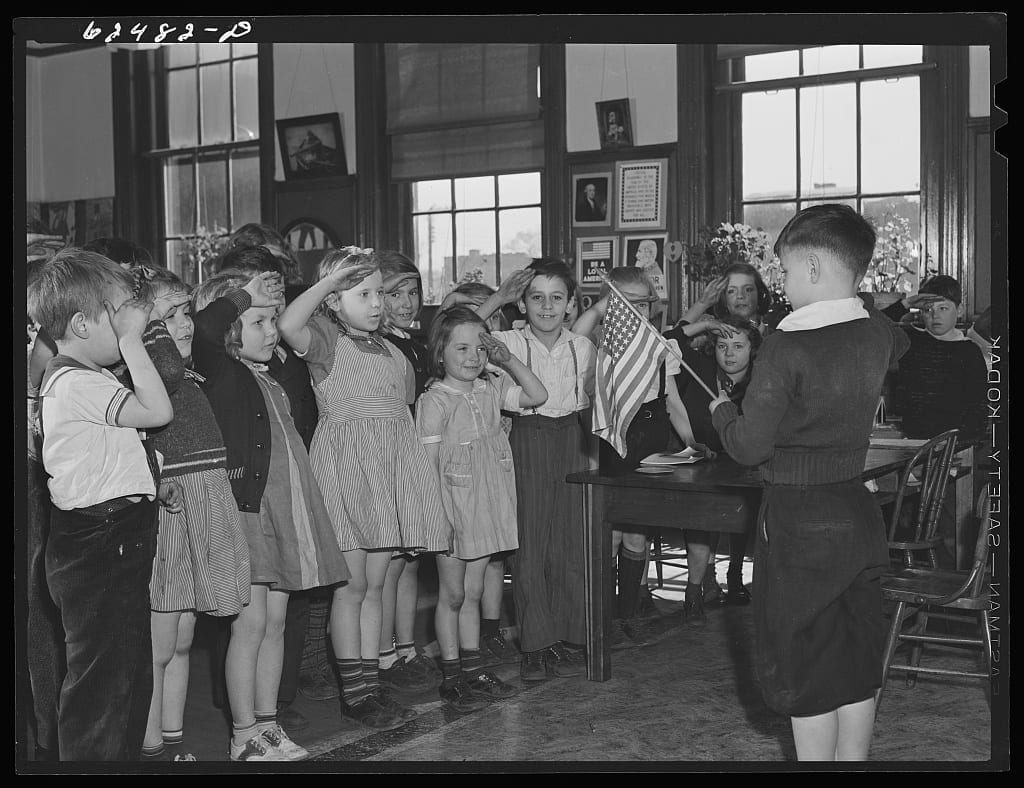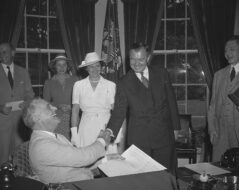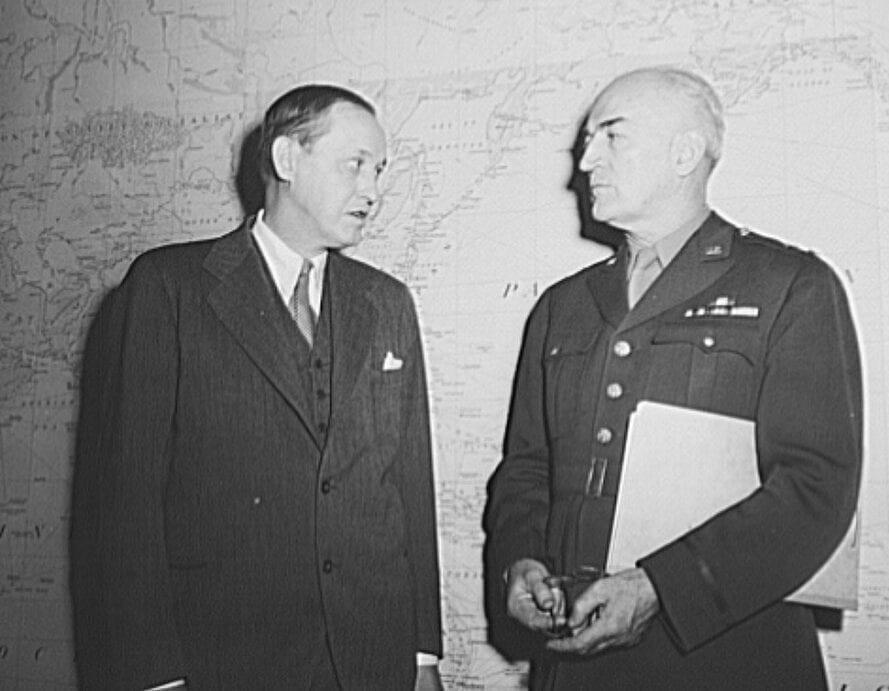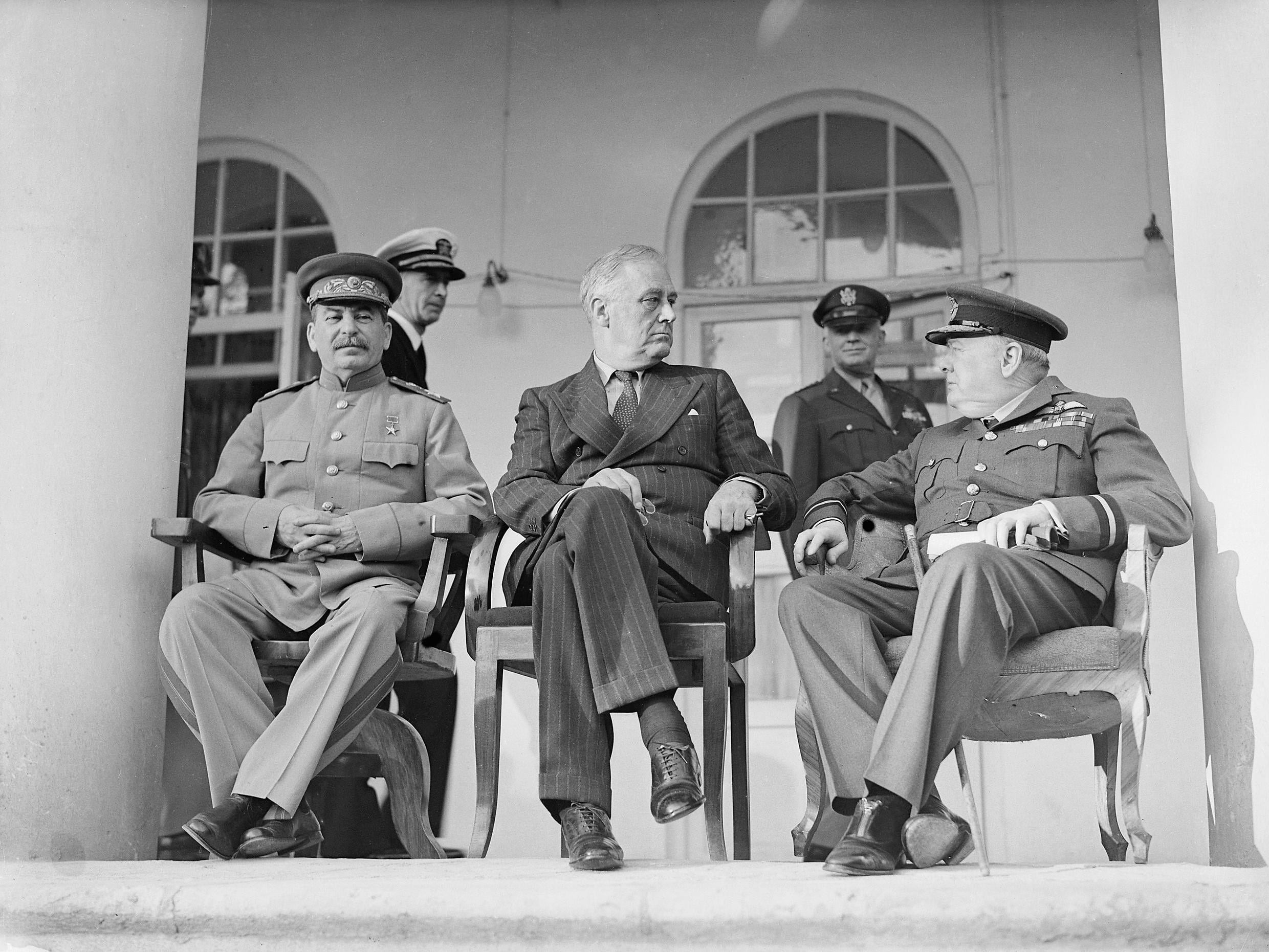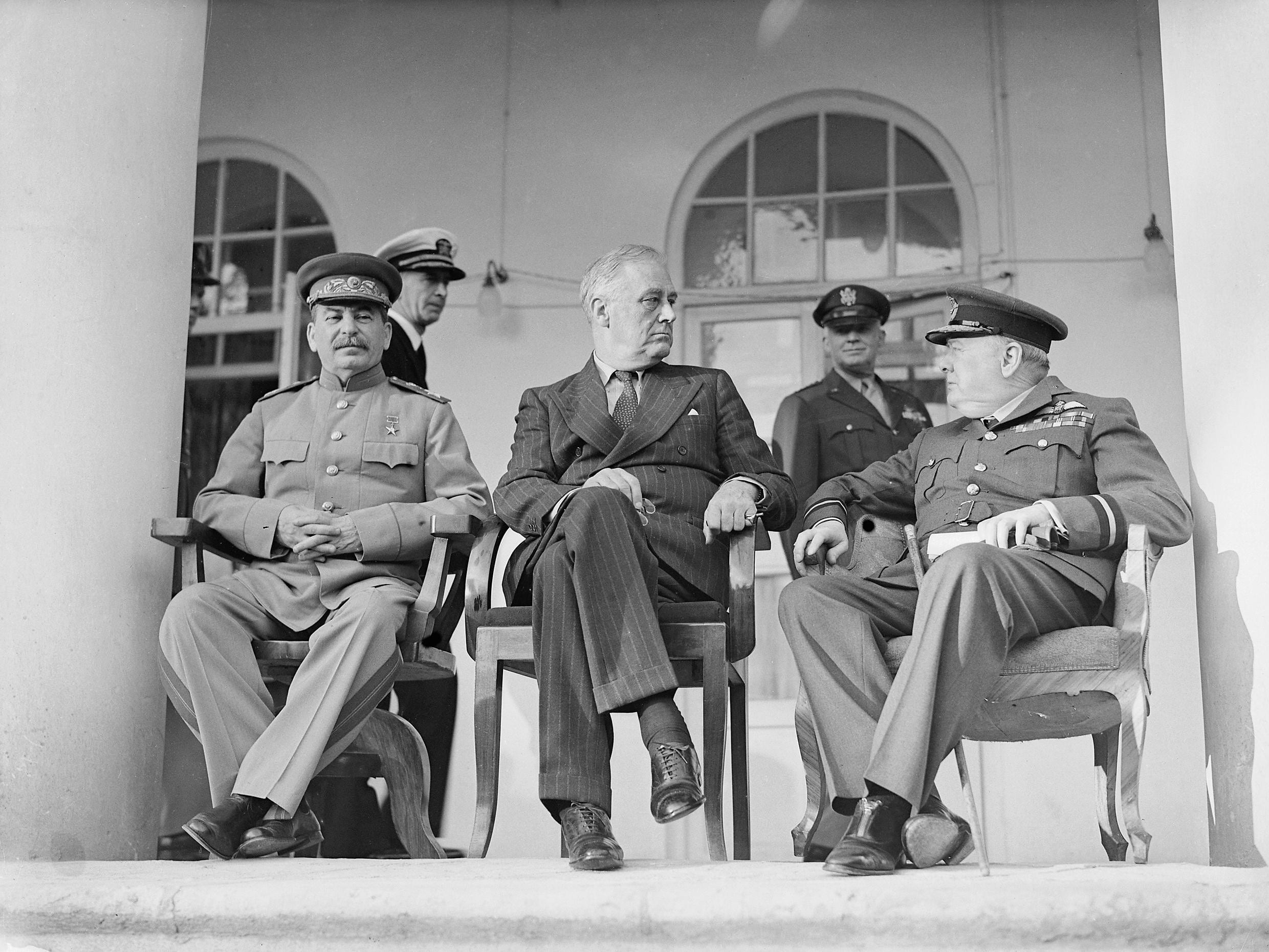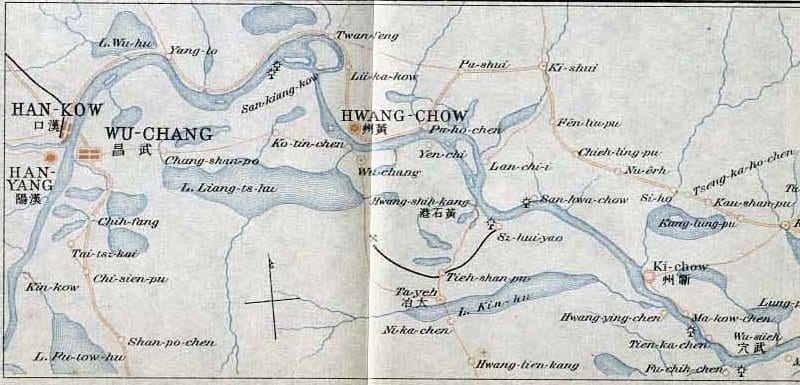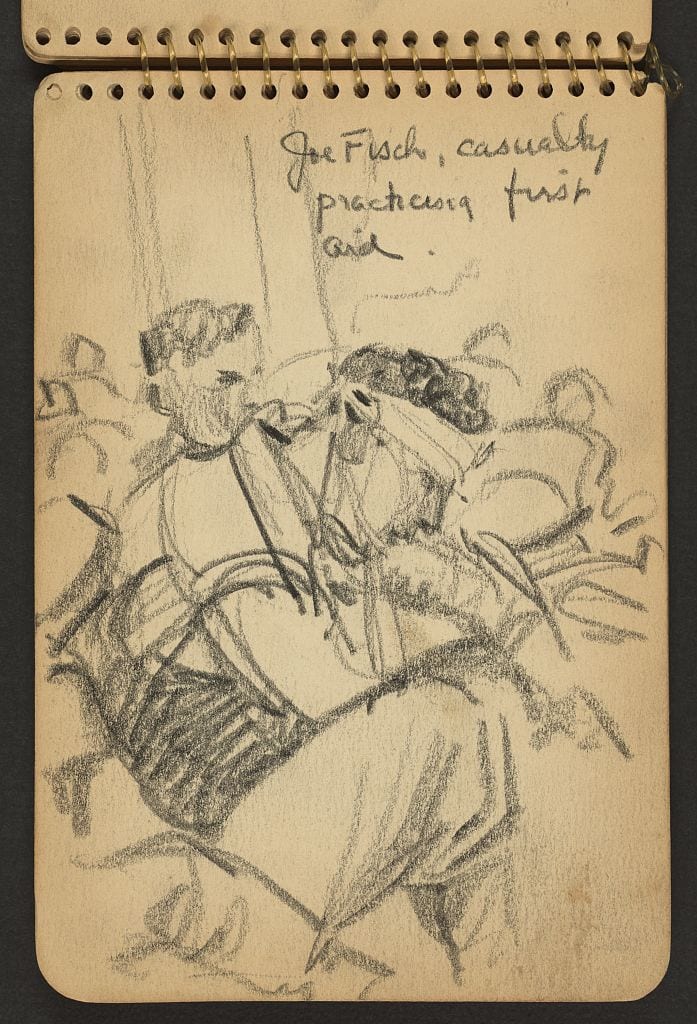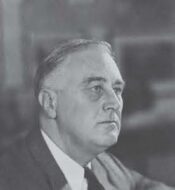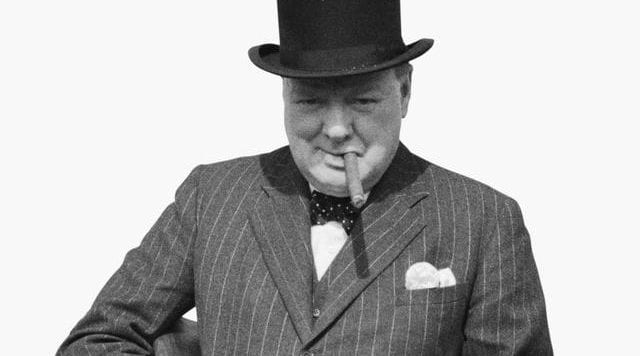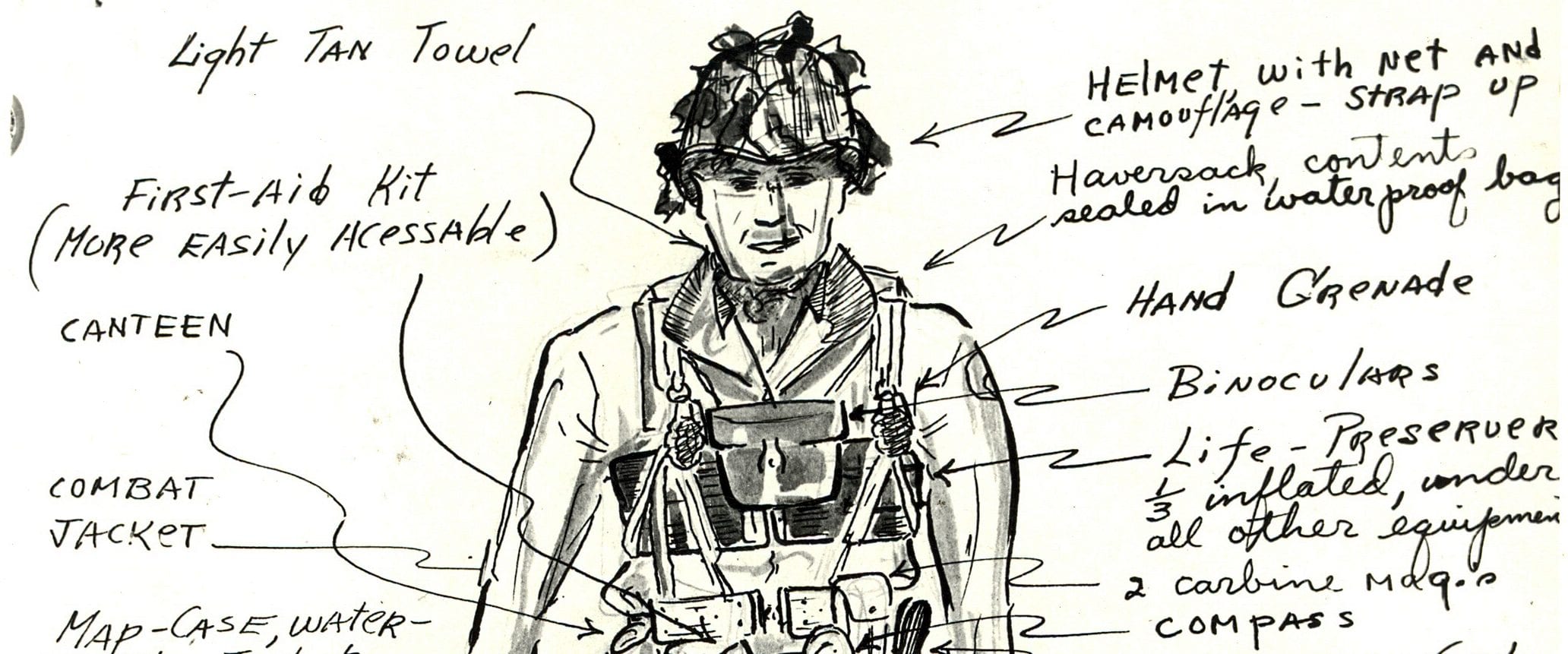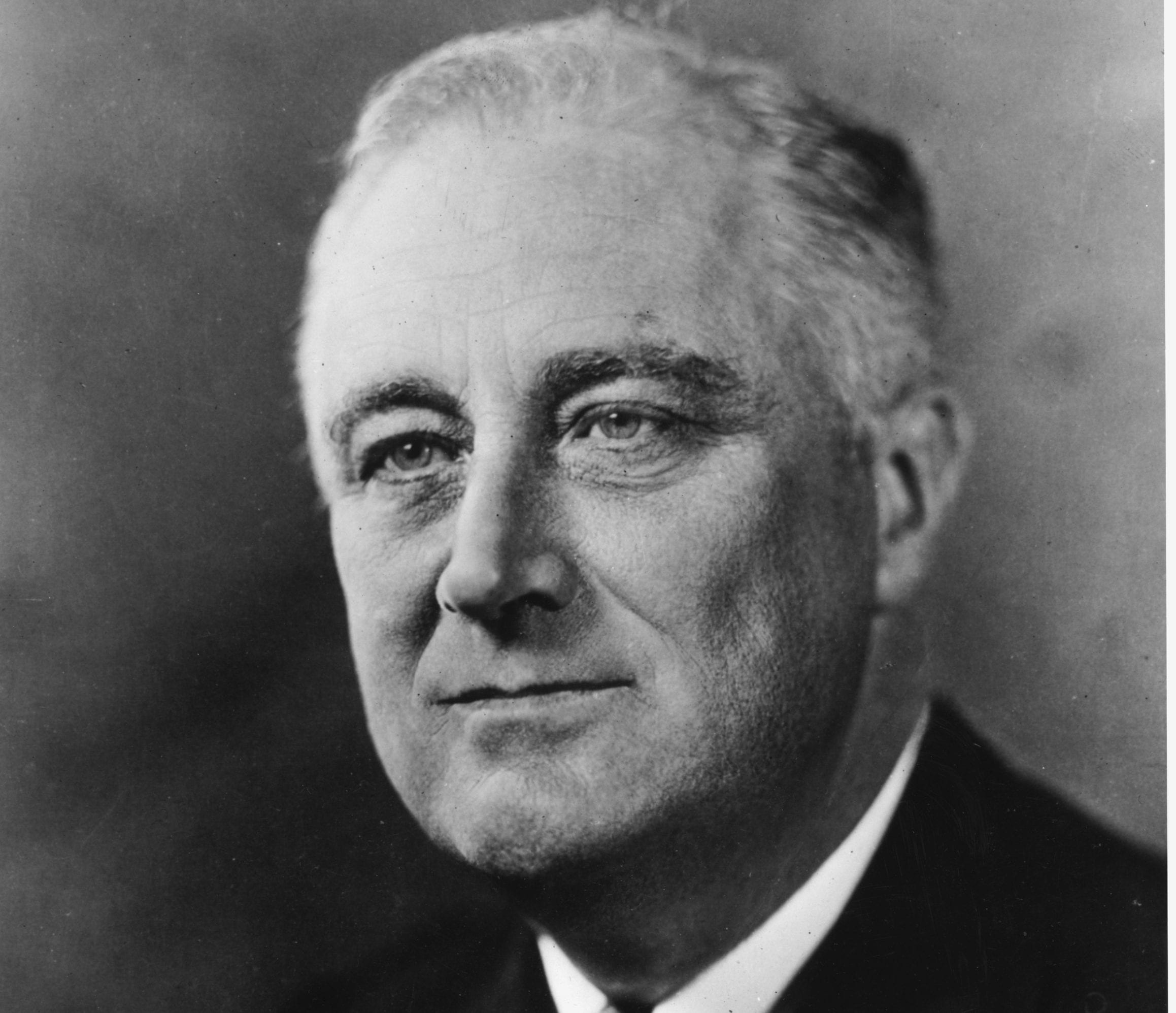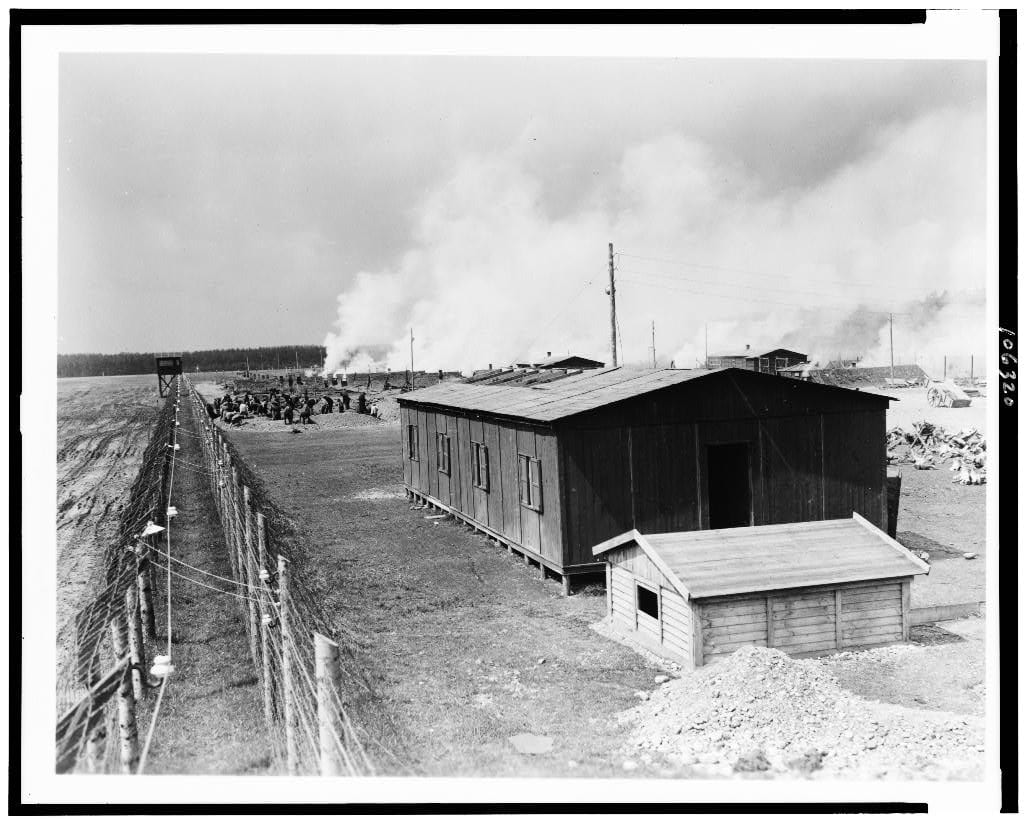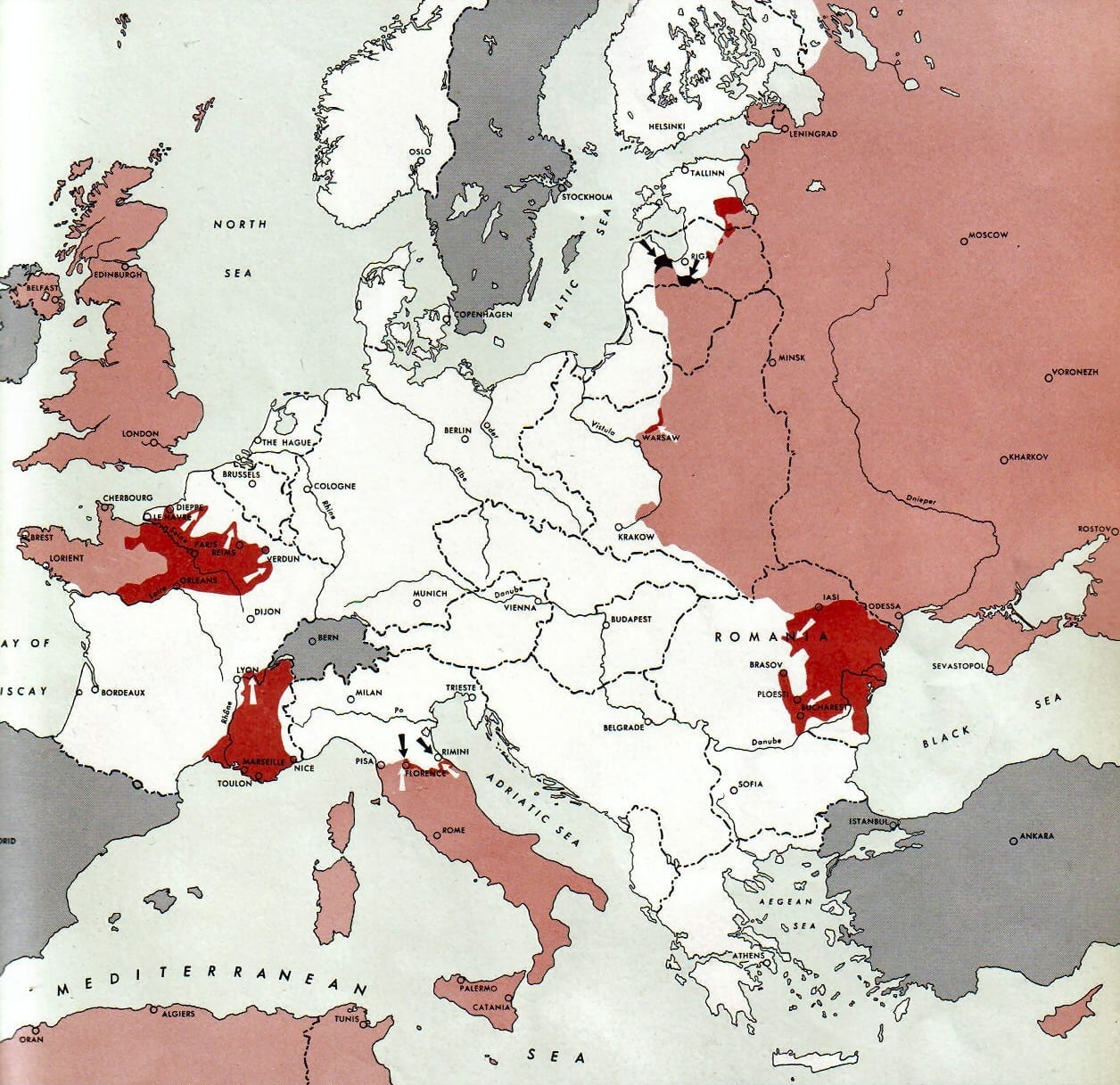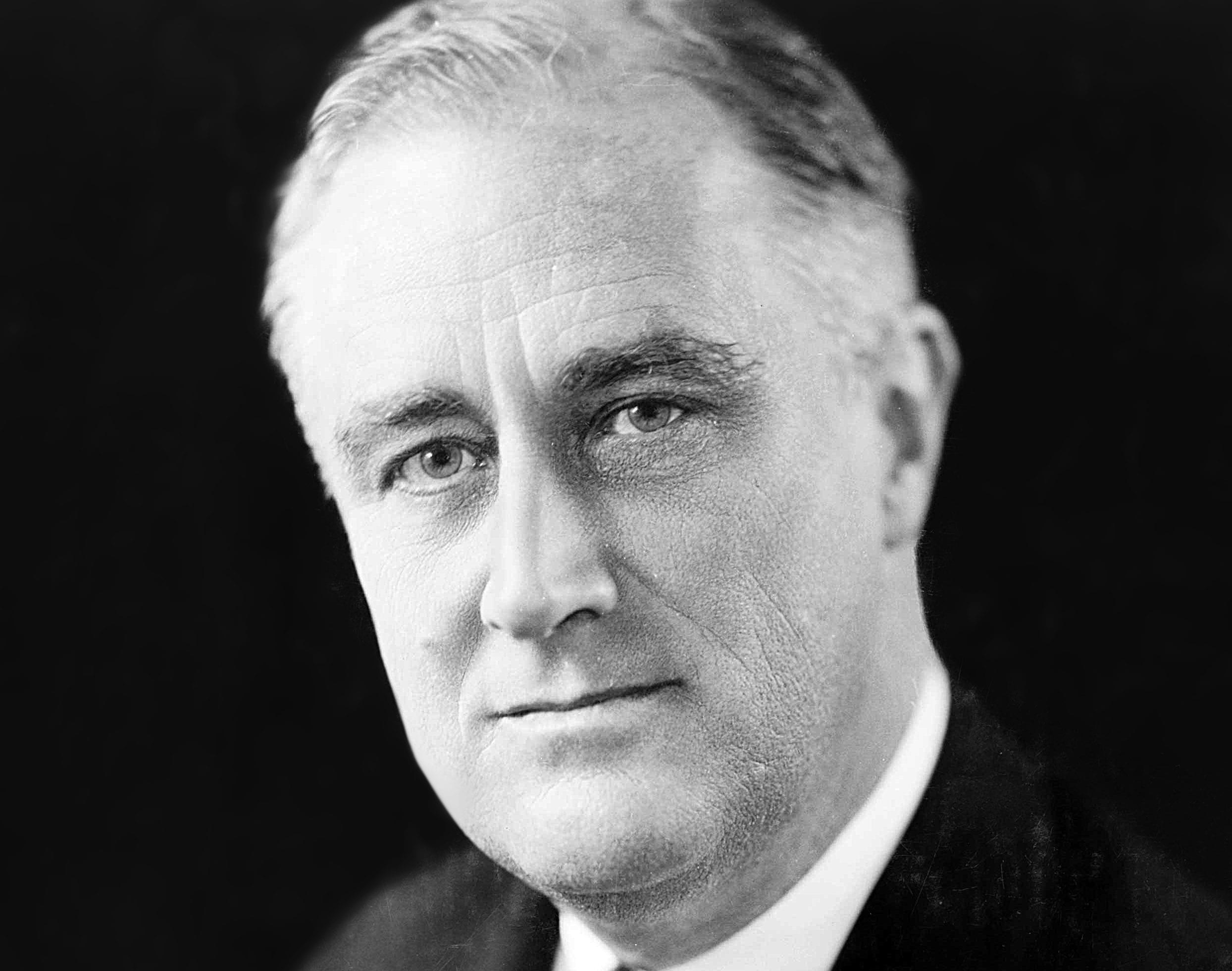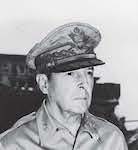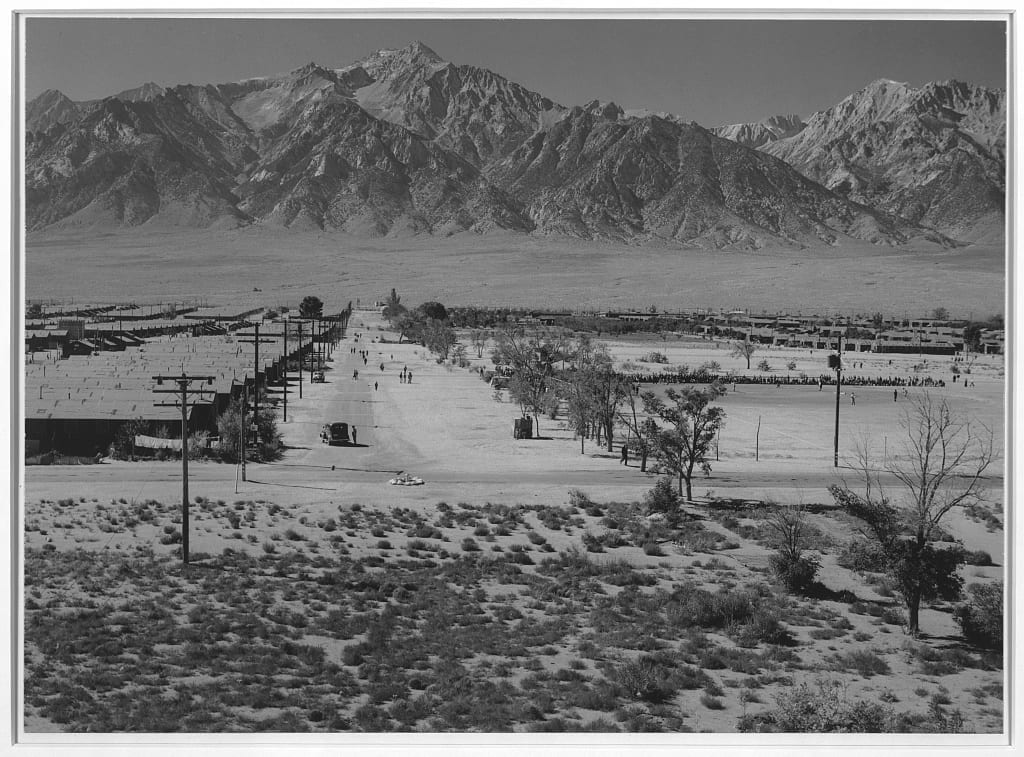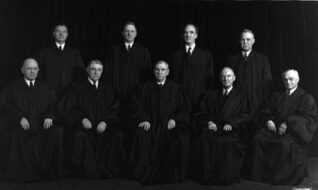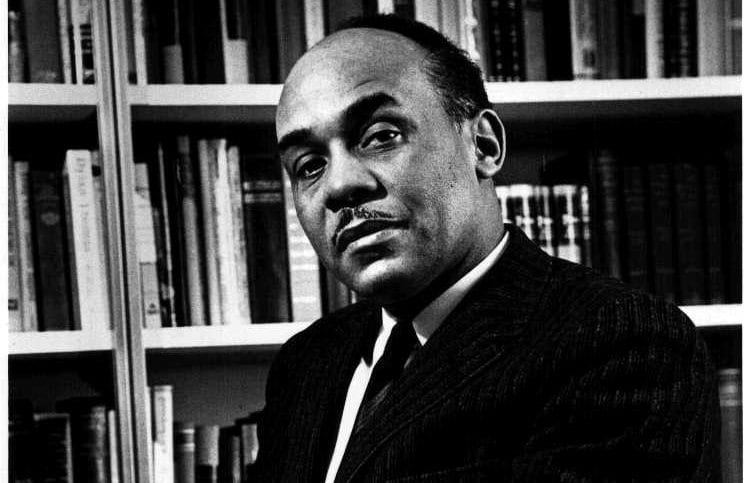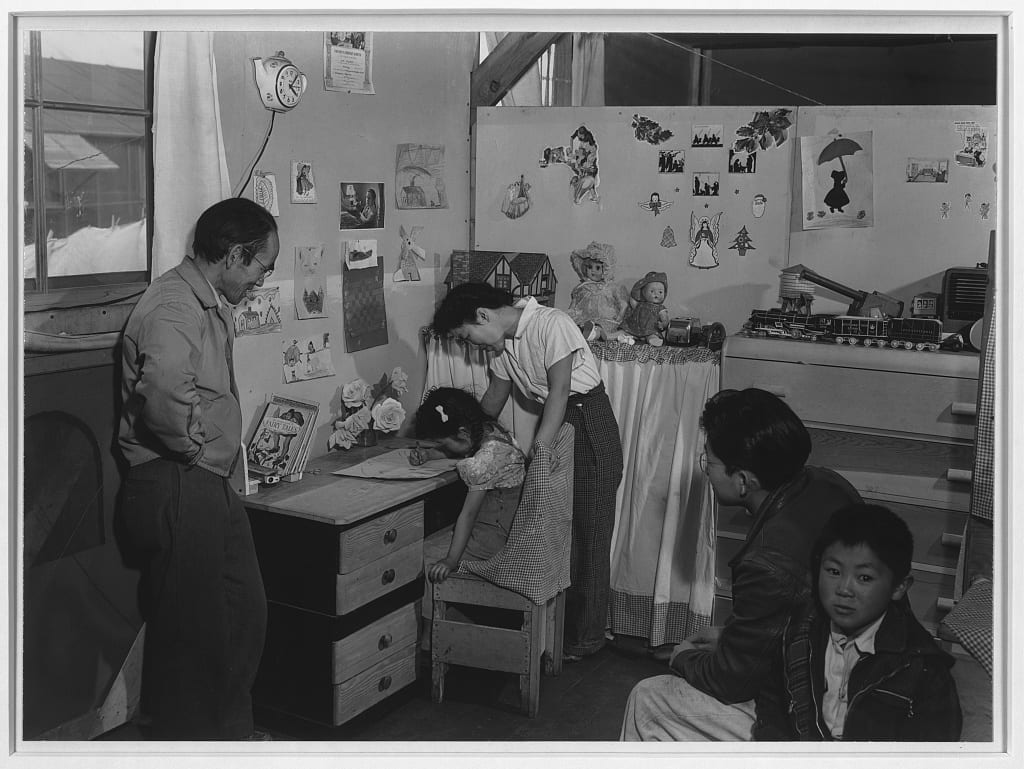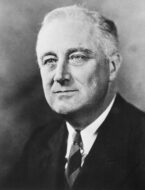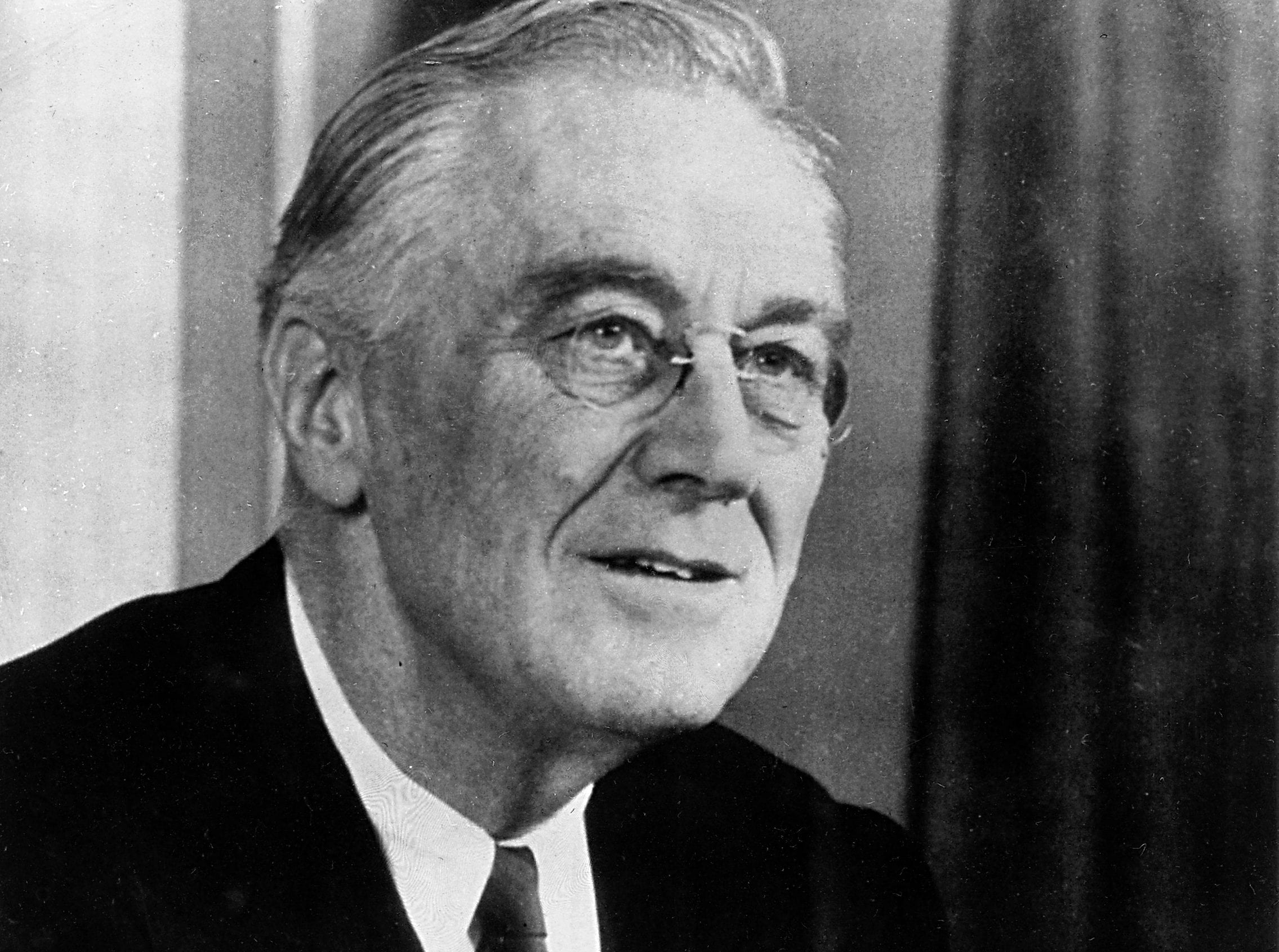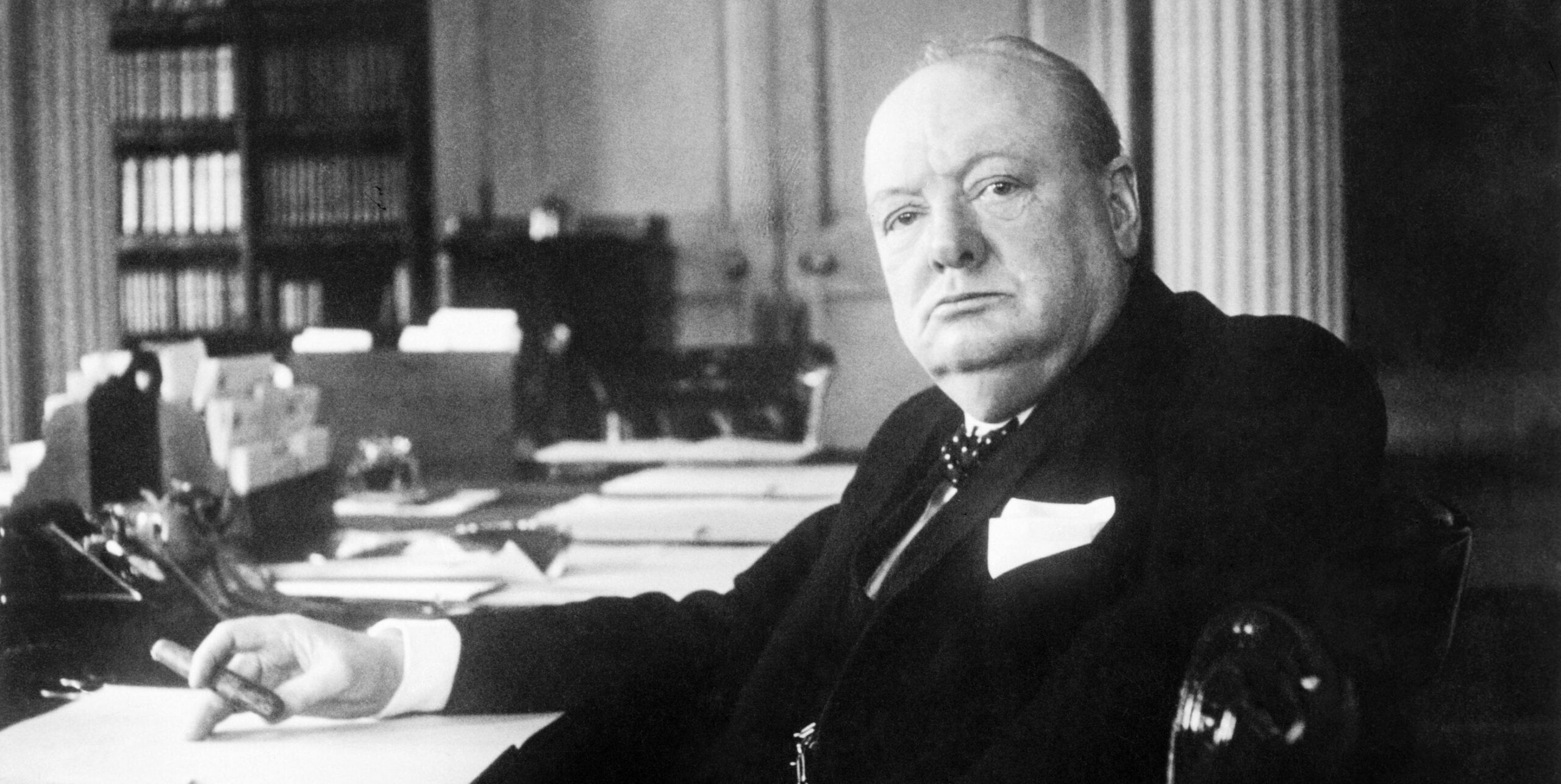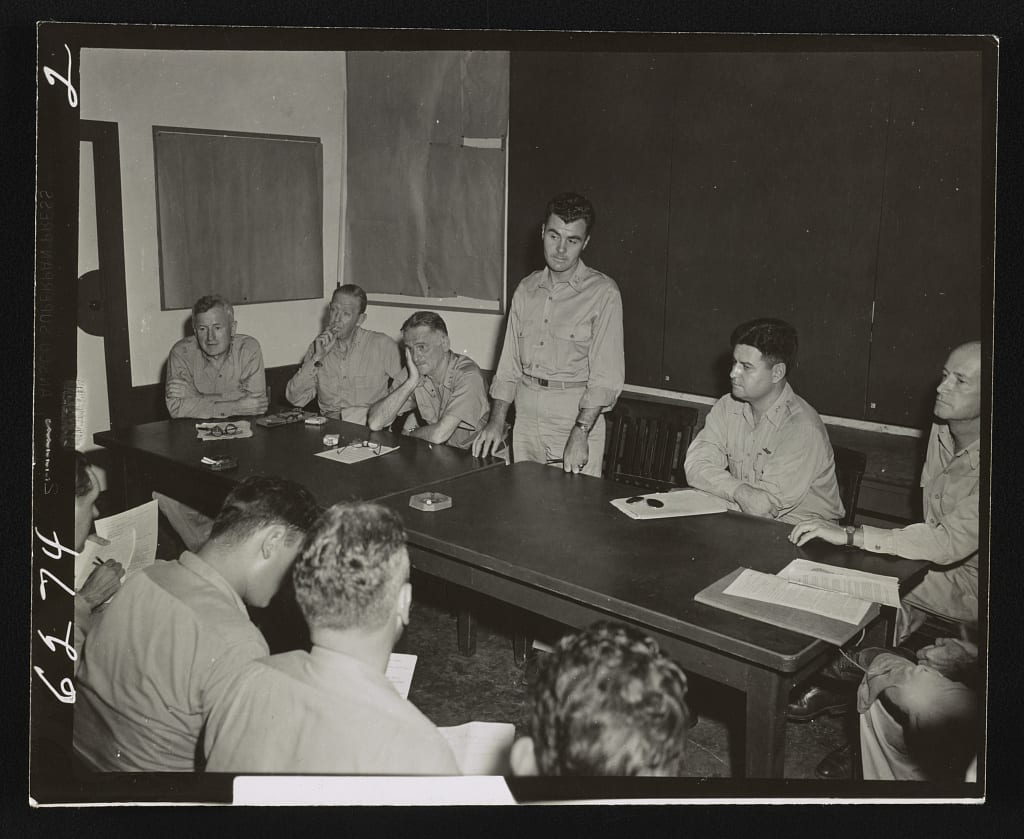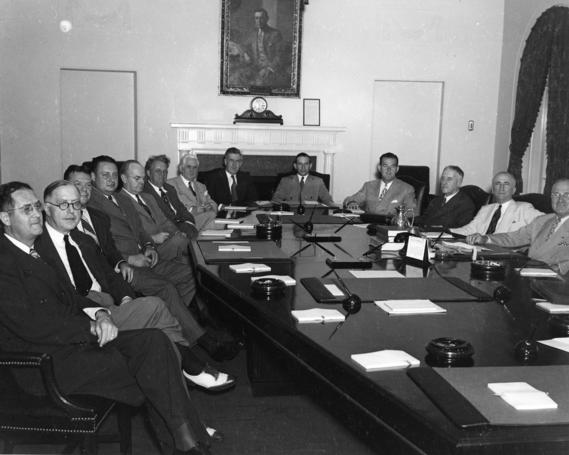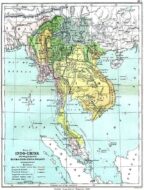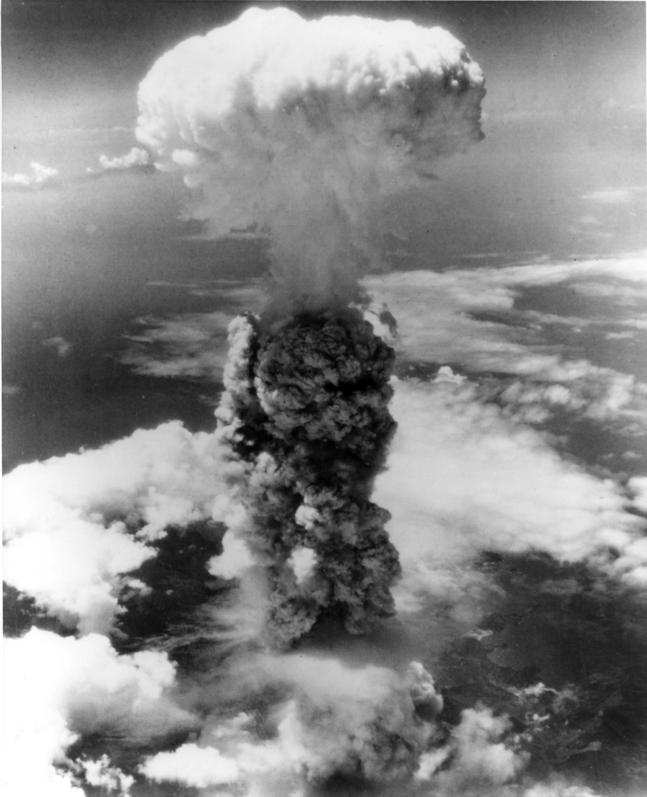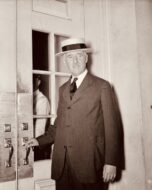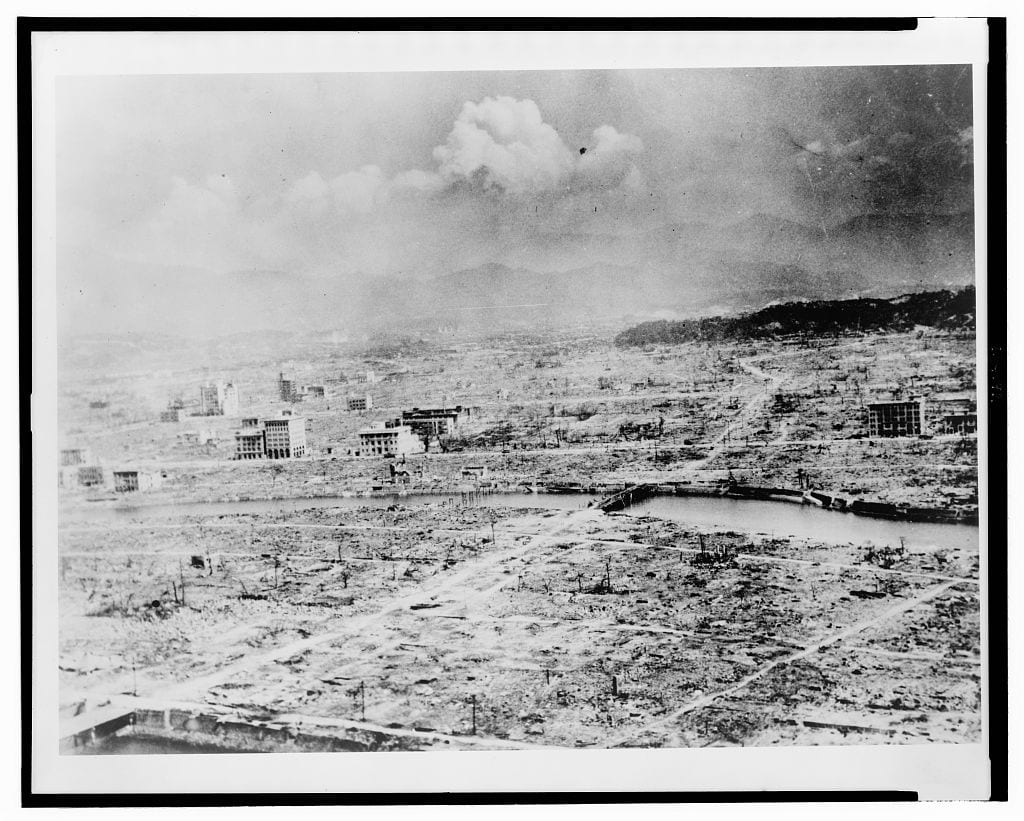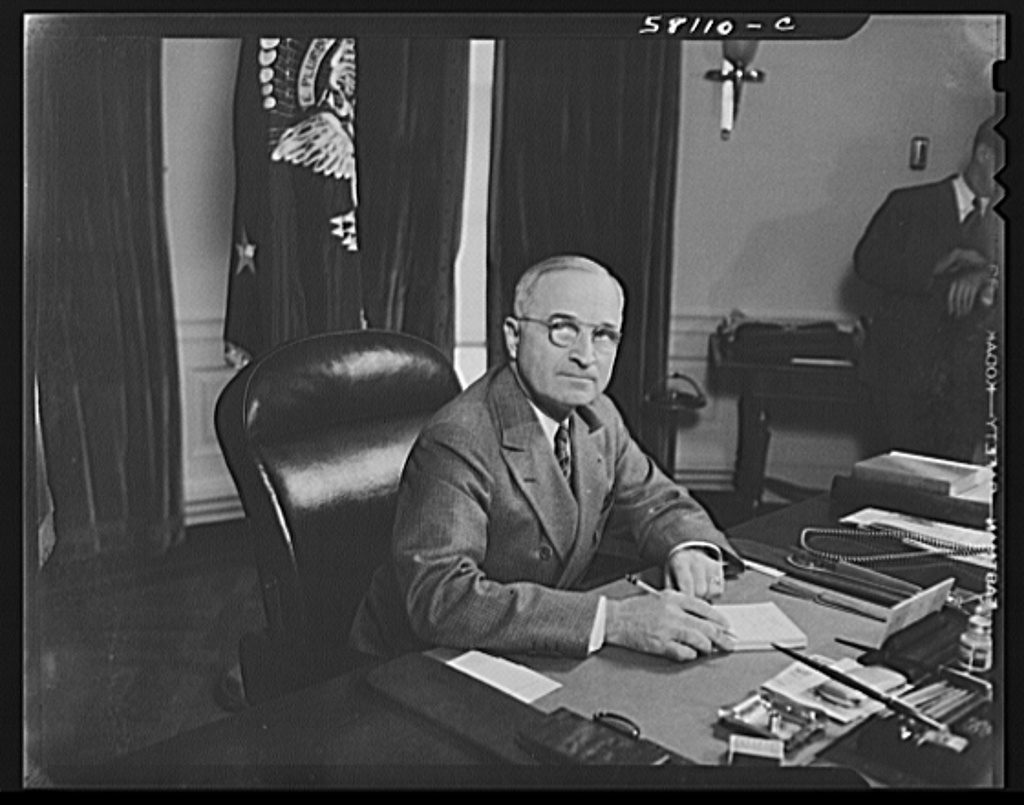Introduction
After Germany’s surrender on May 7, 1945, the war continued in the Pacific, as did planning for the invasion of Japan. Allied military leaders believed invasion was the only way to force the unconditional surrender for which Allied policy called (see the Potsdam Proclamation). Intense bombing of Japan (on March 9-10, 1945, for example, bombs leveled nearly 16 square miles of Tokyo and killed 90,000 Japanese) had not moved Japan to surrender. Continued fighting in the Pacific (Iwo Jima, February-March, 1945; Okinawa, April-June 1945; and ongoing fighting in the Philippines) led to mounting American casualties. The experience of the invasion of Normandy June 4, 1944 also informed decision making about the use of the atomic bomb.
In May of 1945, Secretary of War Stimson set up a committee, the Interim Committee, to consider issues arising from the development of usable nuclear energy. The Interim Committee was chaired by Brigadier General Leslie Groves and J. Robert Oppenheimer, the two who led the Manhattan Project that developed the atomic bomb. Among other things, this committee considered whether and how the atomic bomb should be used. A sub-committee consisting of scientists involved in the bomb project reported on this question on June 16, 1945. The Interim Committee recommended to Stimson on June 21 “that the weapon be used against Japan at the earliest opportunity, that it be used without warning, and that it be used on a dual target, namely, a military installation or war plant surrounded by or adjacent to homes or other buildings most susceptible to damage.”
On June 18, 1945, President Truman met with his civilian and military advisers to consider the plan for the invasion of Japan. At the subsequent Potsdam Conference, Truman and Allied leaders warned Japan of the consequences of further resistance.
On August 6, 1945, the United States dropped an atomic bomb on Hiroshima, Japan, killing 80,000 people instantly. The American people learned about the new weapon from a White House press release. Three days later, the United States dropped a second atomic bomb on Nagasaki that killed 35,000 people. Japan surrendered unconditionally on August 14. Devastating though these attacks were, the bombing of Hiroshima and Nagasaki was not the only factor that led the Japanese to surrender unconditionally. A blockade had fully isolated Japan from outside resources by the summer of 1945 and the Russians entered the war against Japan, August 9, 1945. The latter event was a factor considered on June 18.
Shortly after the first use of the bomb, Oppenheimer wrote to Secretary of War Stimson to express his growing concern, shared by many of the scientists who worked on the Manhattan Project, about the military and political consequences of atomic weapons.
https://goo.gl/zyQJro
From: J R Oppenheimer
To: Henry Stimson, Secretary of War
Date: August 17, 1945
Dear Mr. Secretary:
The Interim Committee has asked us to report in some detail on the scope and program of future work in the field of atomic energy. One important phase of this work is the development of weapons; and since this is the problem which has dominated our war time activities, it is natural that in this field our ideas should be most definite and clear, and that we should be most confident of answering adequately the questions put to us by the committee. In examining these questions we have, however, come on certain quite general conclusions, whose implications for national policy would seem to be both more immediate and more profound than those of the detailed technical recommendations to be submitted. We, therefore, think it appropriate to present them to you at this time.
1. We are convinced that weapons quantitatively and qualitatively far more effective than now available will result from further work on these problems. This conviction is motivated not alone by analogy with past developments, but by specific projects to improve and multiply the existing weapons, and by the quite favorable technical prospects of the realization of the super bomb.
2. We have been unable to devise or propose effective military counter-measures for atomic weapons. Although we realize that future work may reveal possibilities at present obscure to us, it is our firm opinion that no military countermeasures will be found which will be adequately effective in preventing the delivery of atomic weapons.
The detailed technical report in preparation will document these conclusions, but hardly alter them.
3. We are not only unable to outline a program that would assure to this nation for the next decades hegemony in the field of atomic weapons; we are equally unable to insure that such hegemony, if achieved, could protect us from the most terrible destruction.
4. The development, in the years to come, of more effective atomic weapons, would appear to be a most natural element in any national policy of maintaining our military forces at great strength; nevertheless we have grave doubts that this further development can contribute essentially or permanently to the prevention of war. We believe that the safety of this nation – as opposed to its ability to inflict damage on an enemy power – cannot lie wholly or even primarily in its scientific or technical prowess. It can be based only on making future wars impossible. It is our unanimous and urgent recommendation to you that, despite the present incomplete exploitation of technical possibilities in this field, all steps be taken, all necessary international arrangements be made, to this one end.
5. We should be most happy to have you bring these views to the attention of other members of the Government, or of the American people, should you wish to do so.
Very sincerely,
J. R. Oppenheimer


